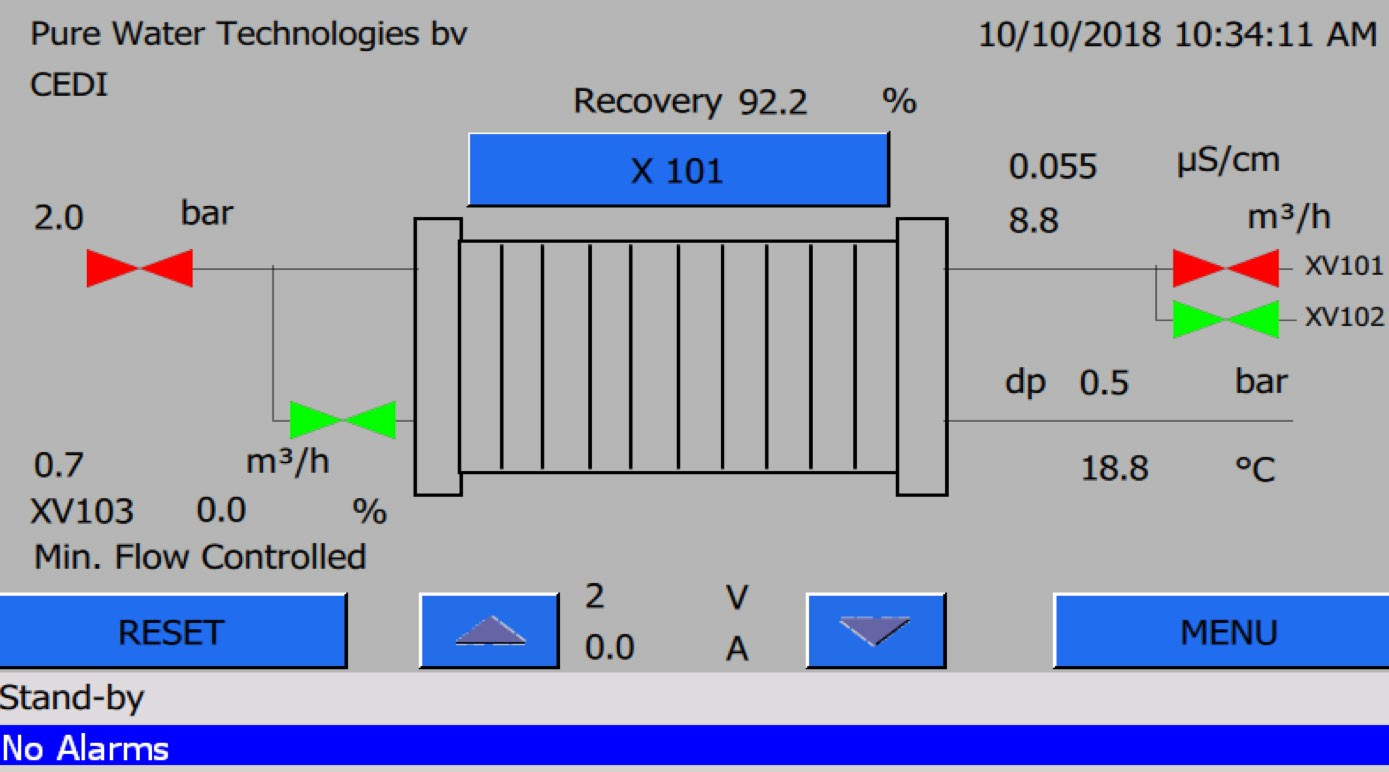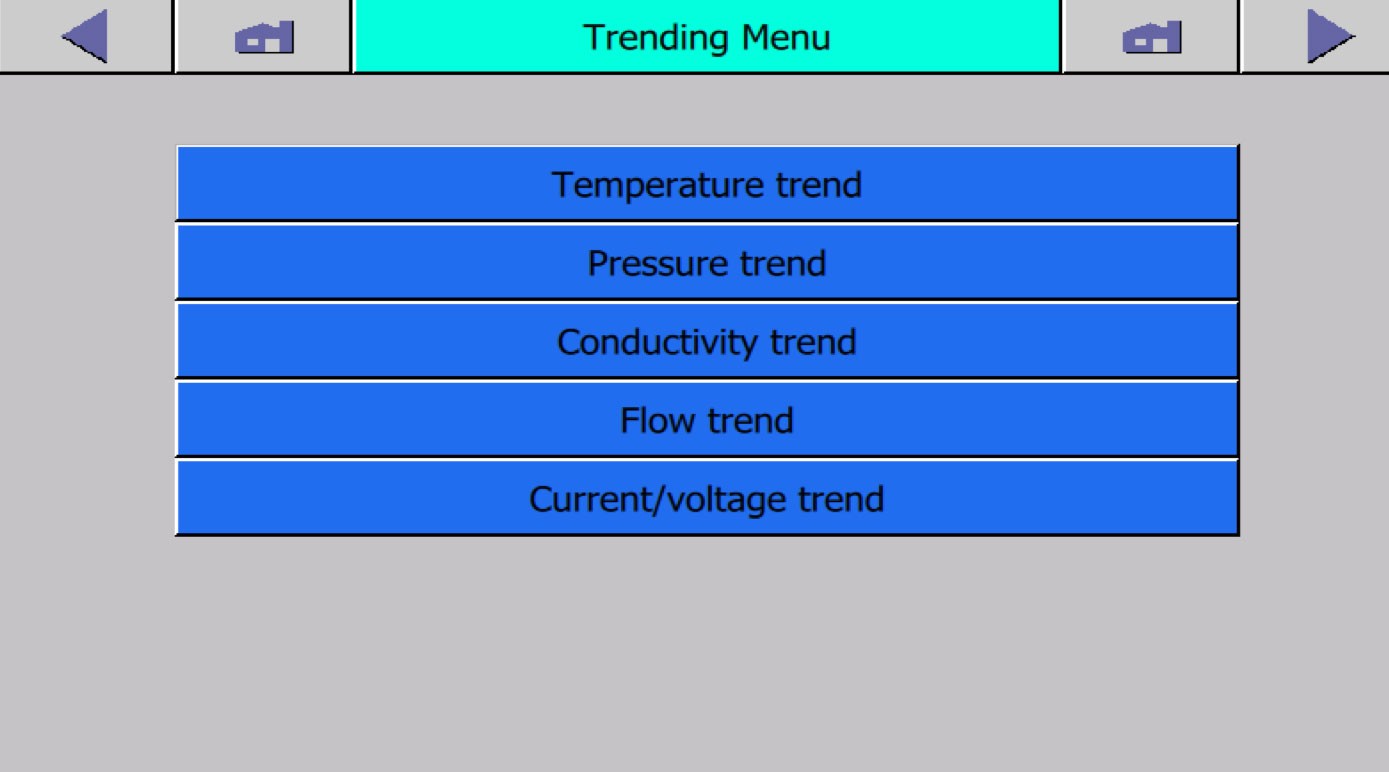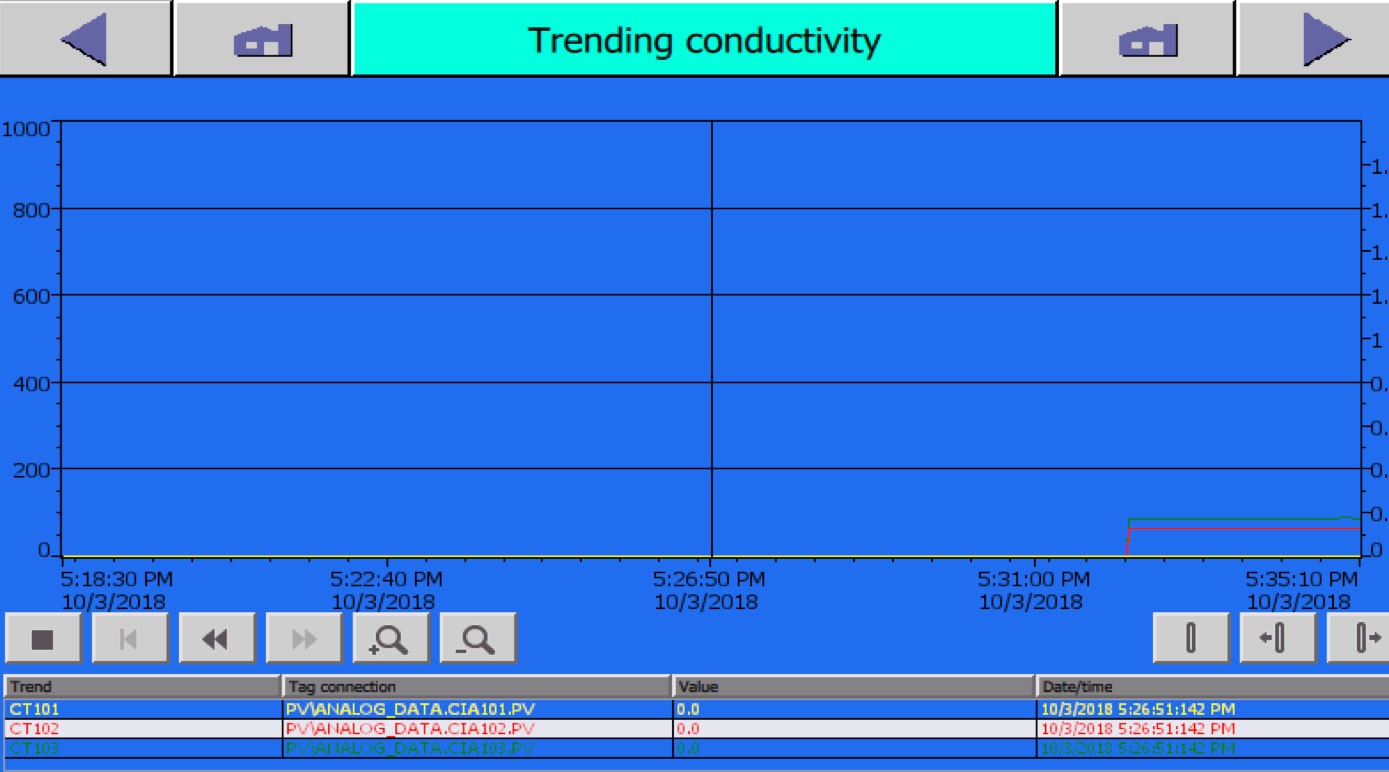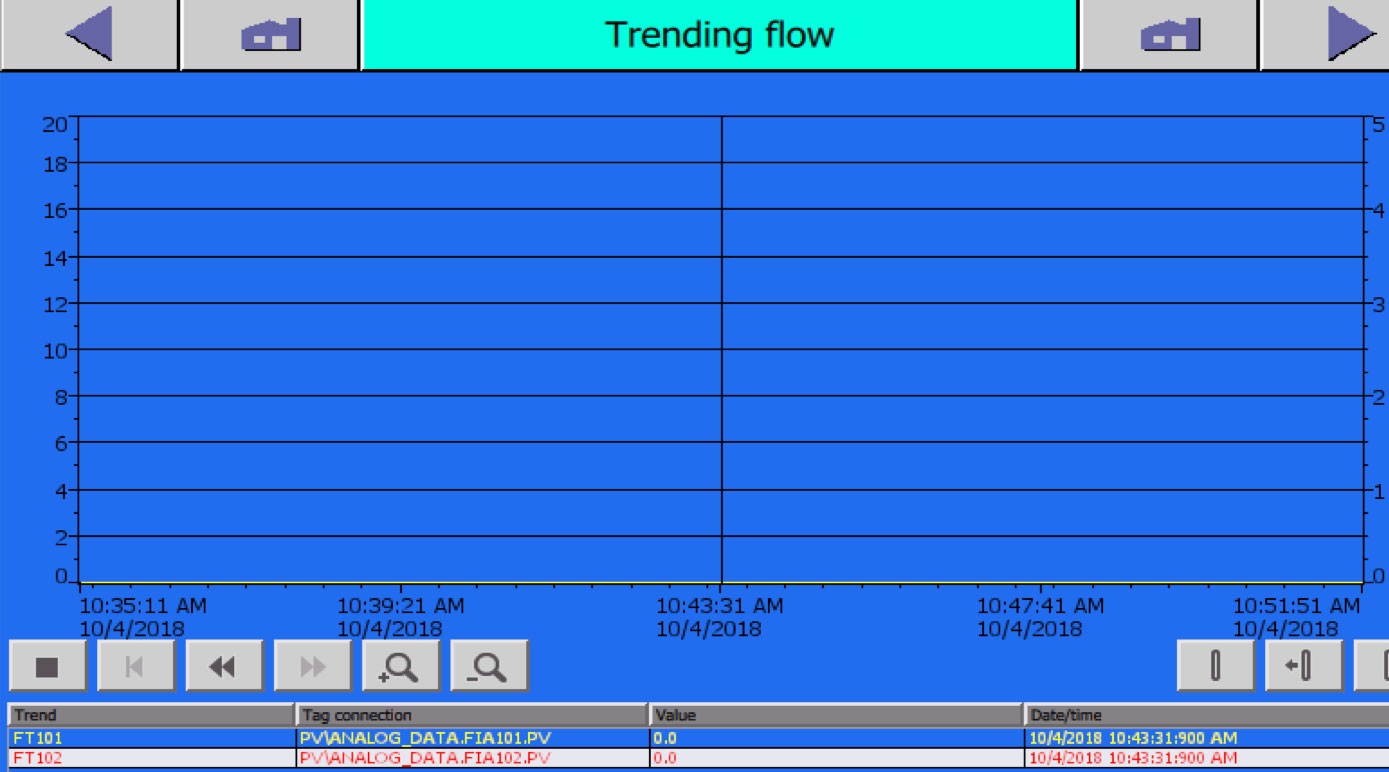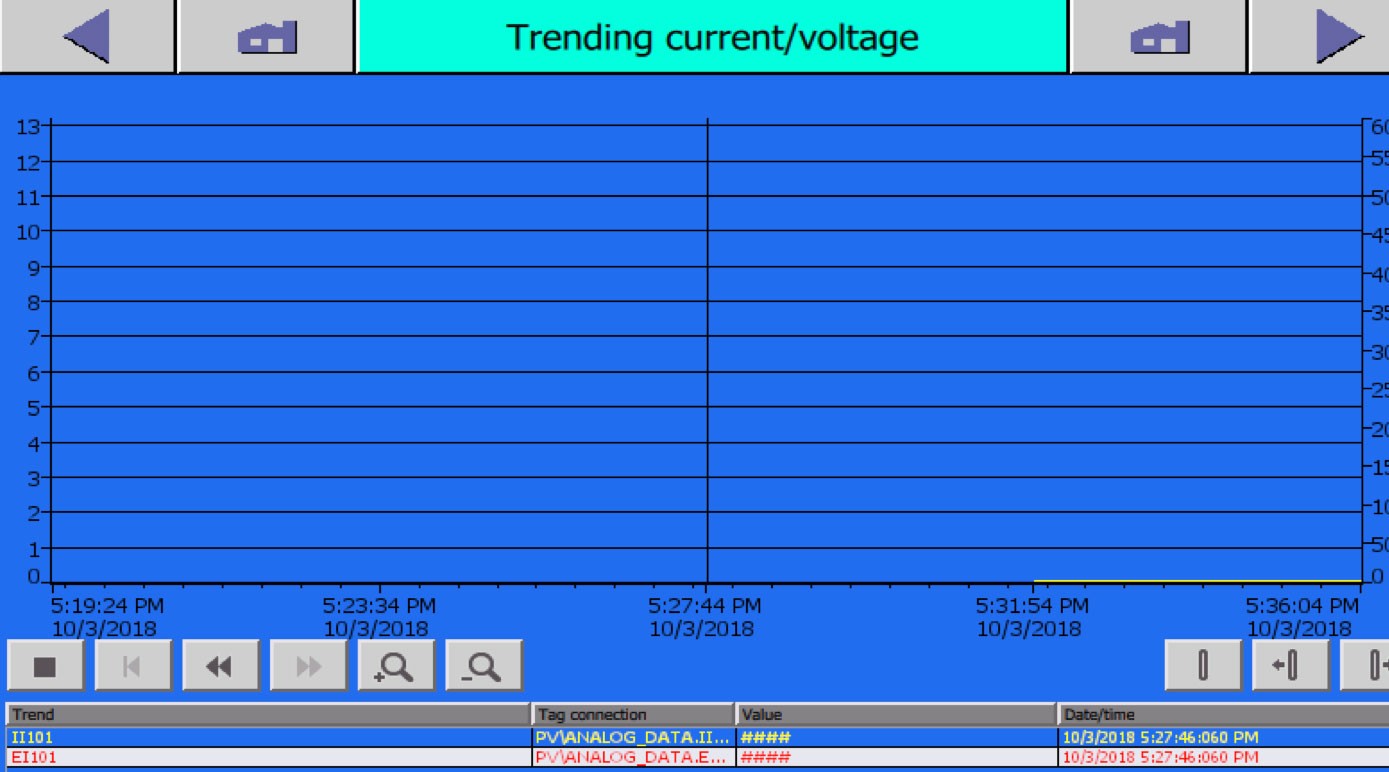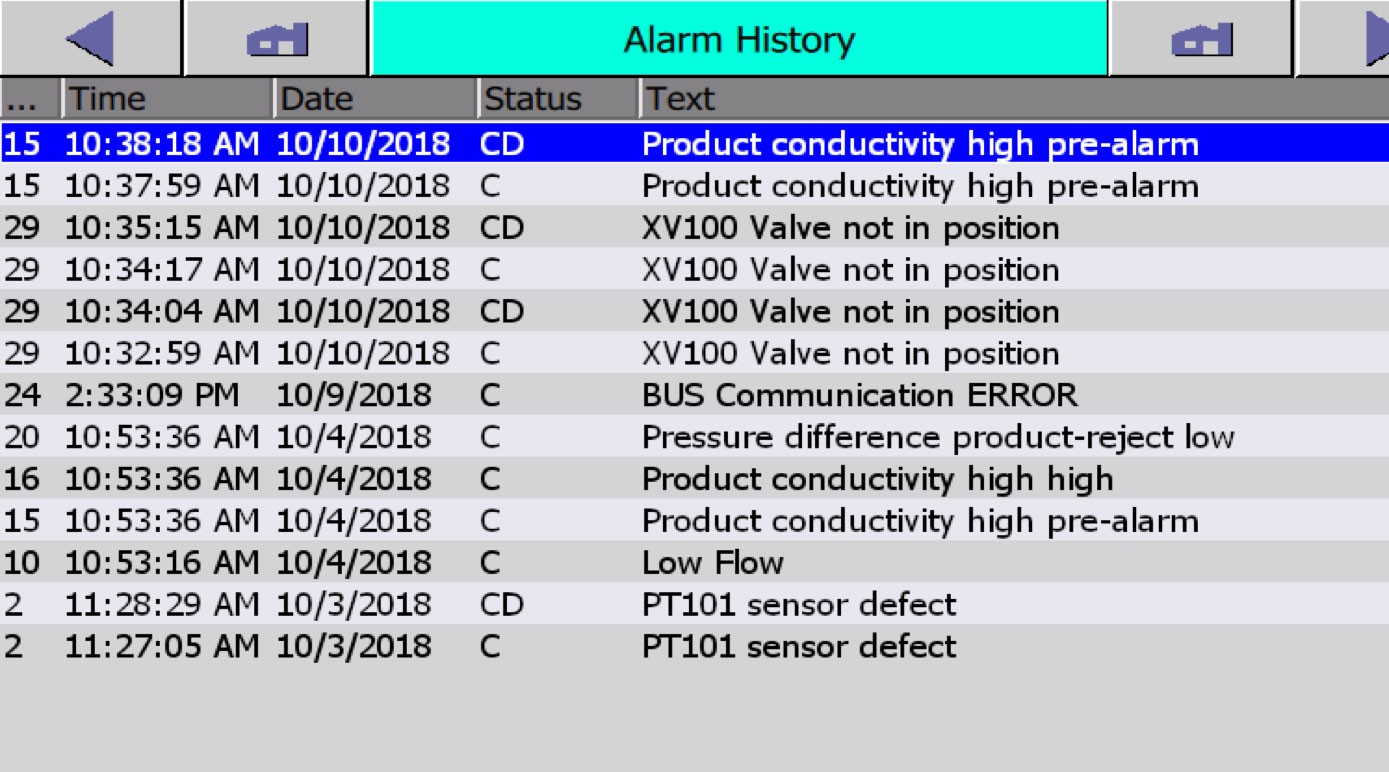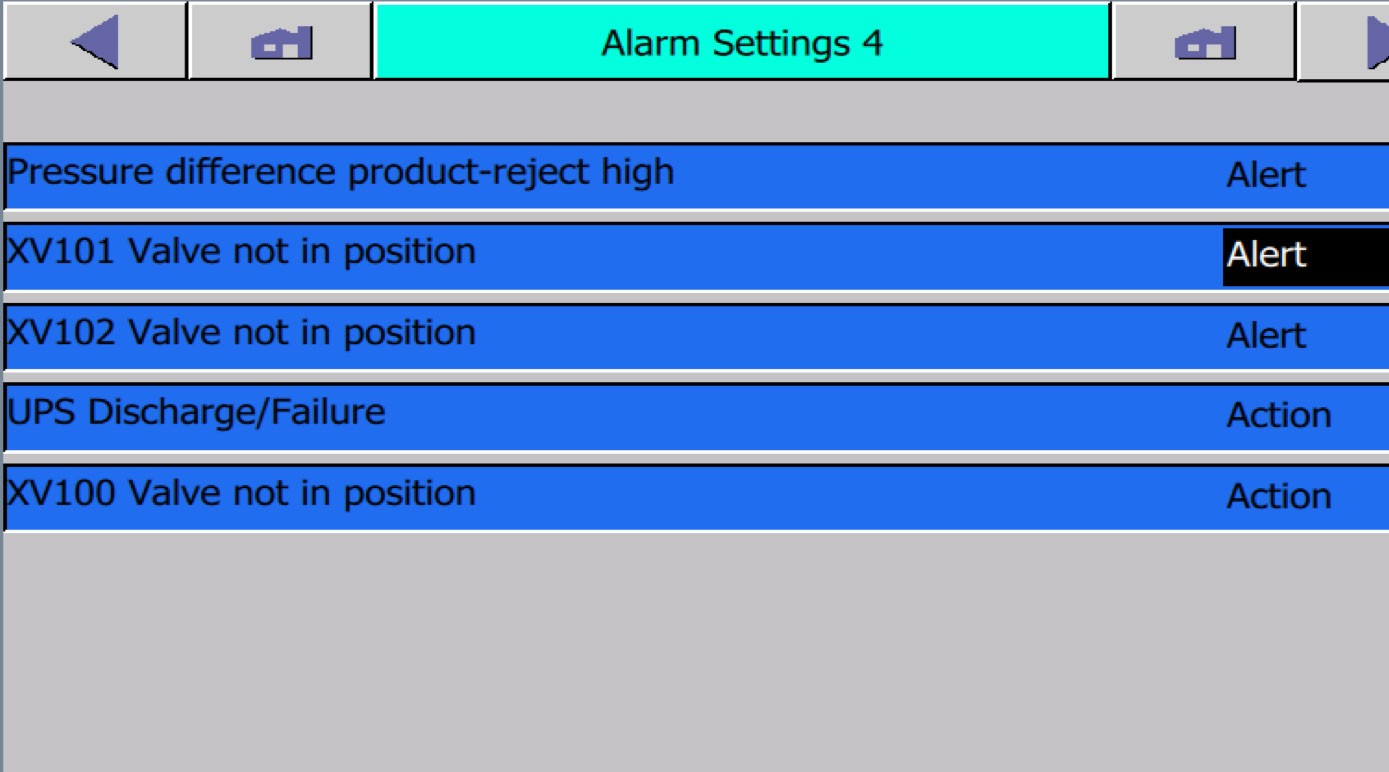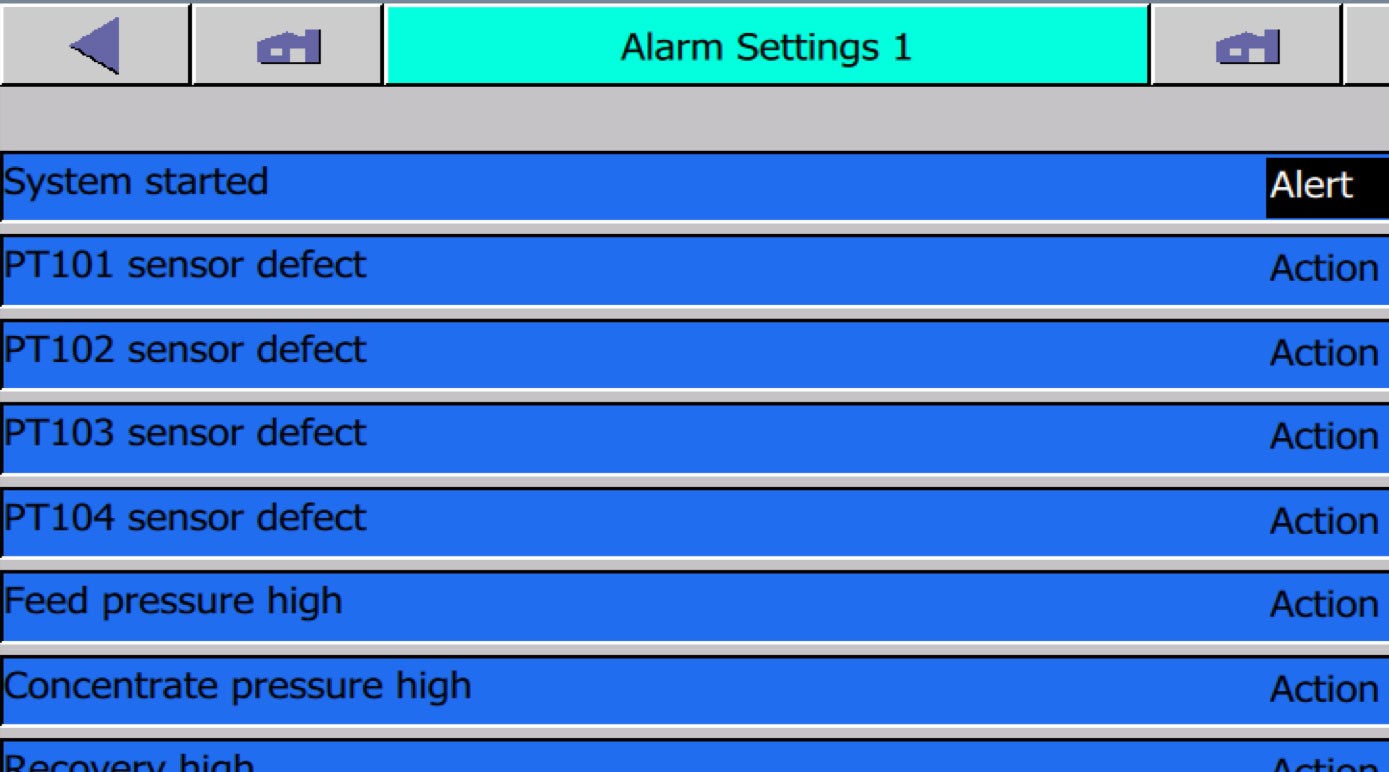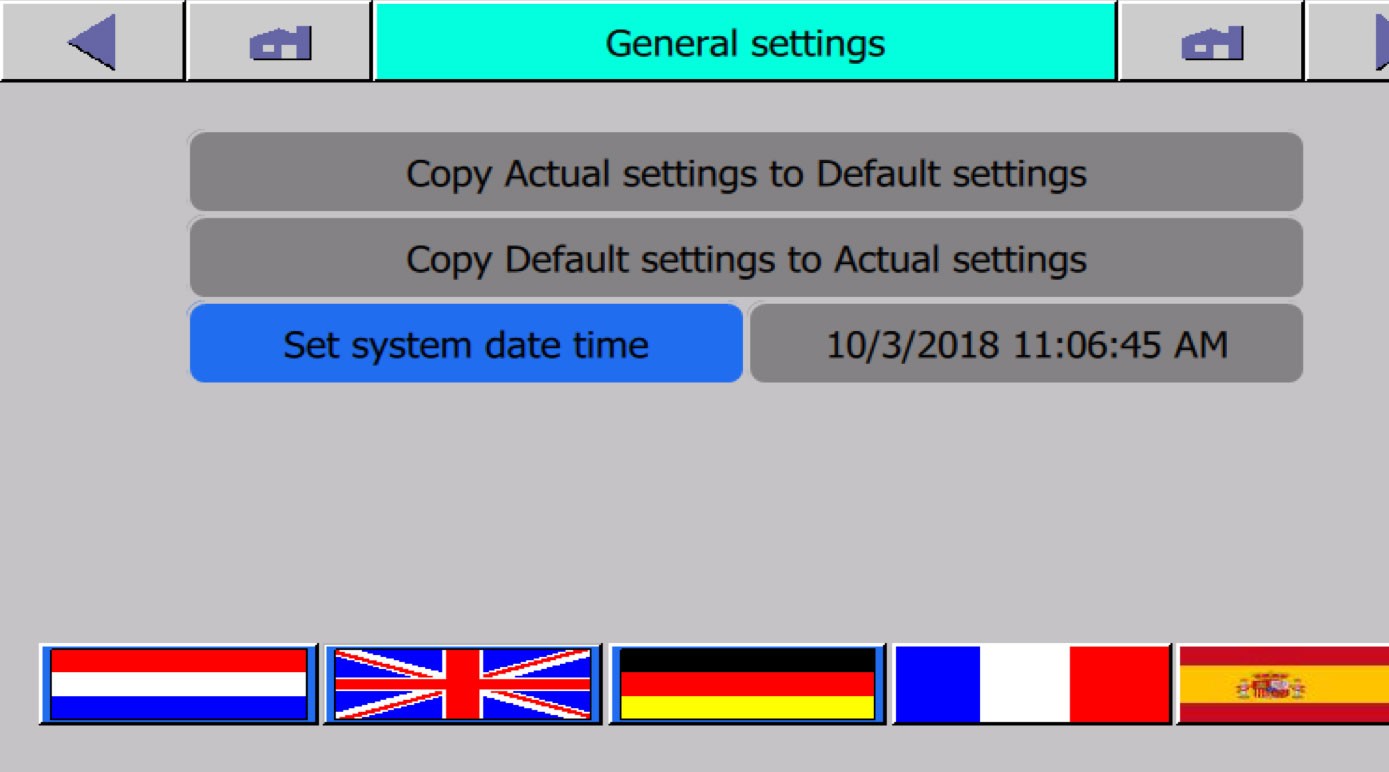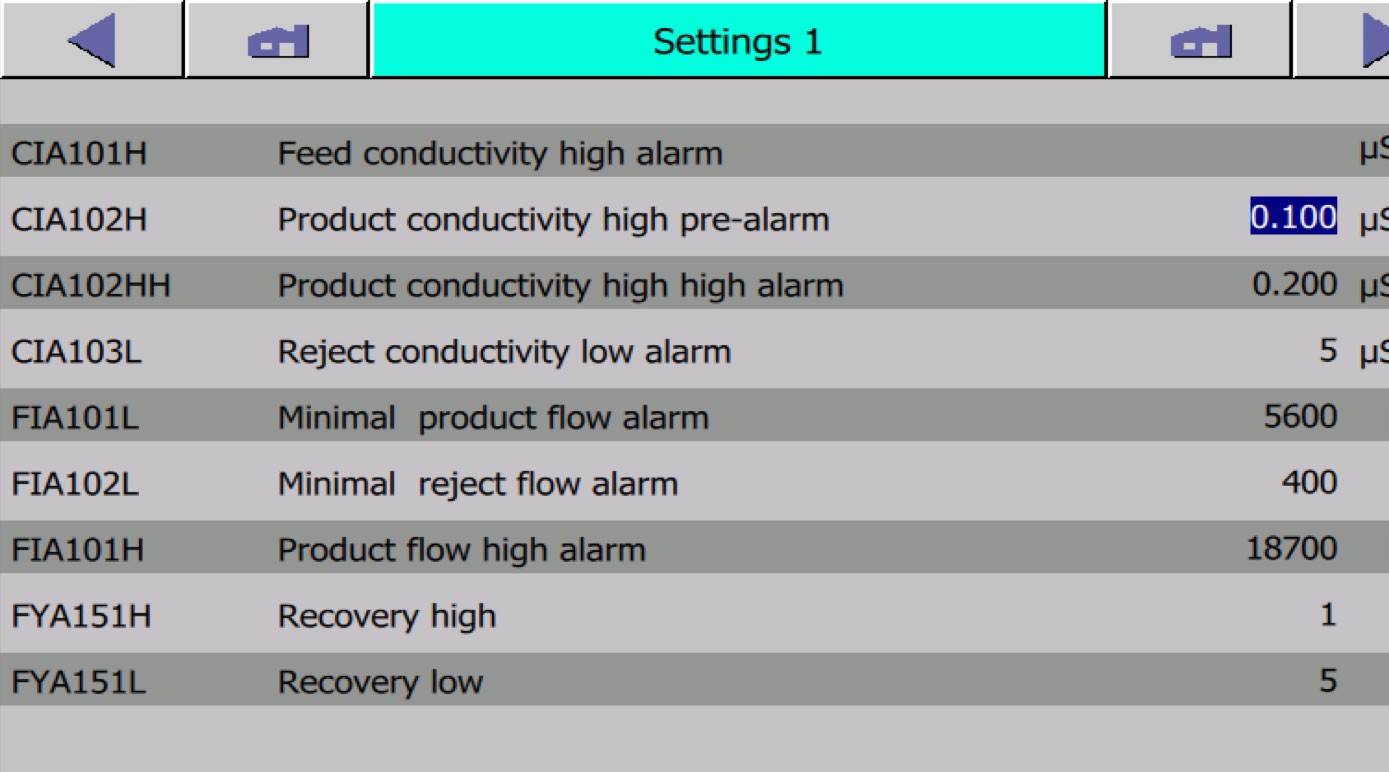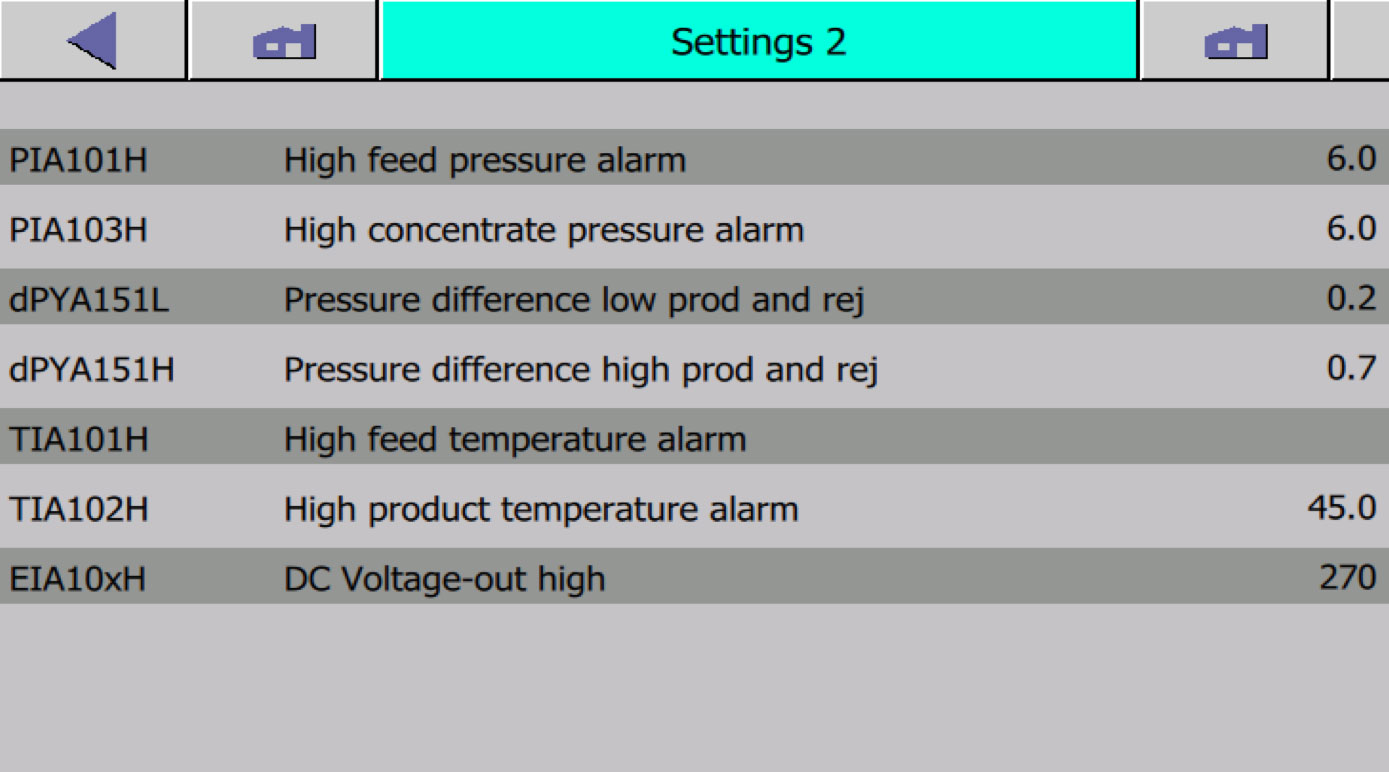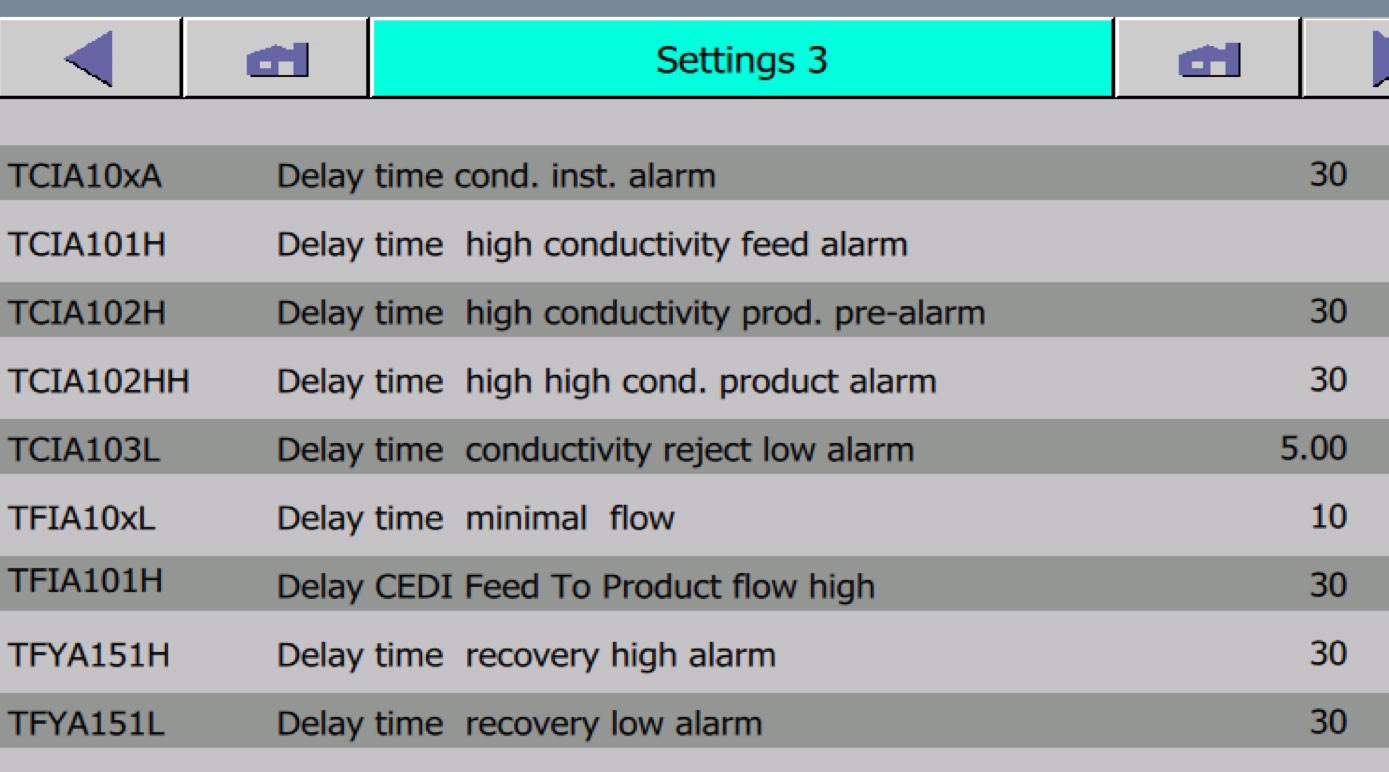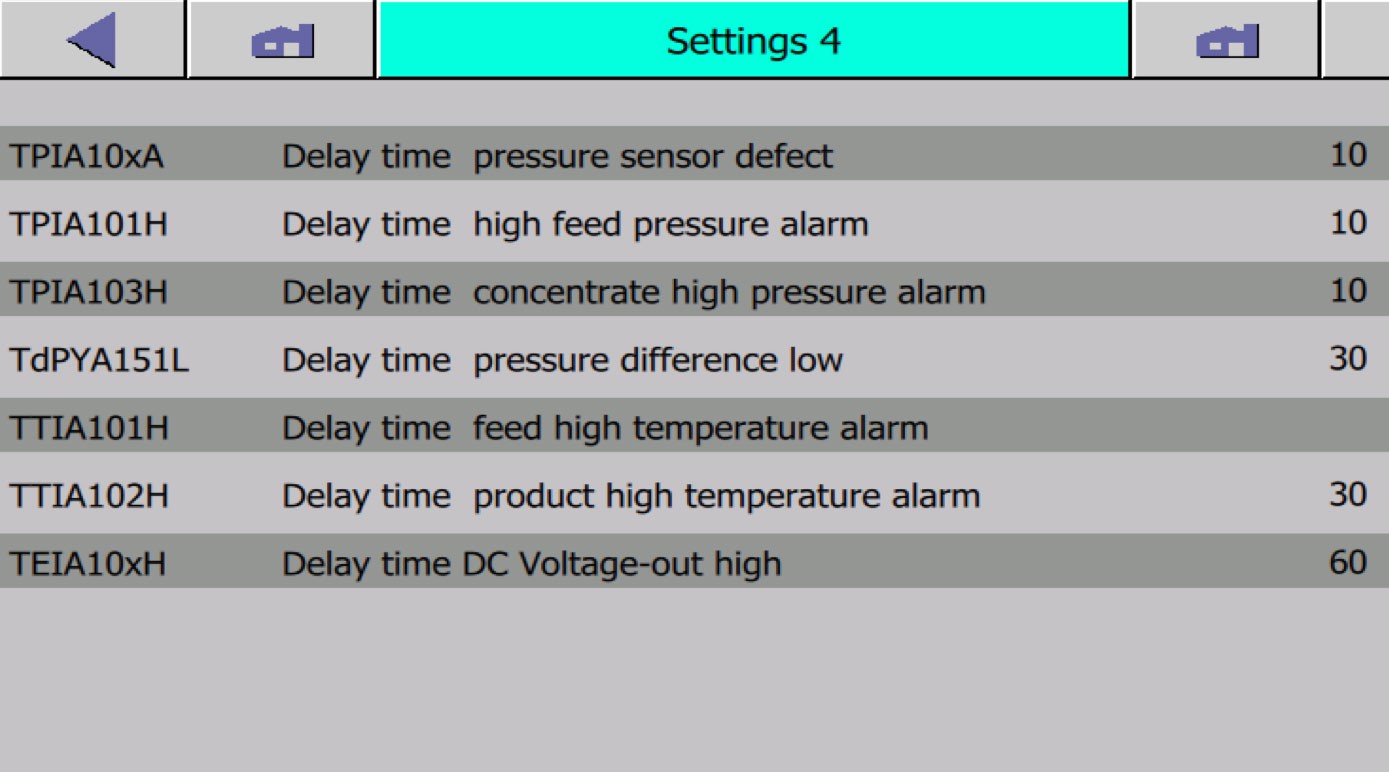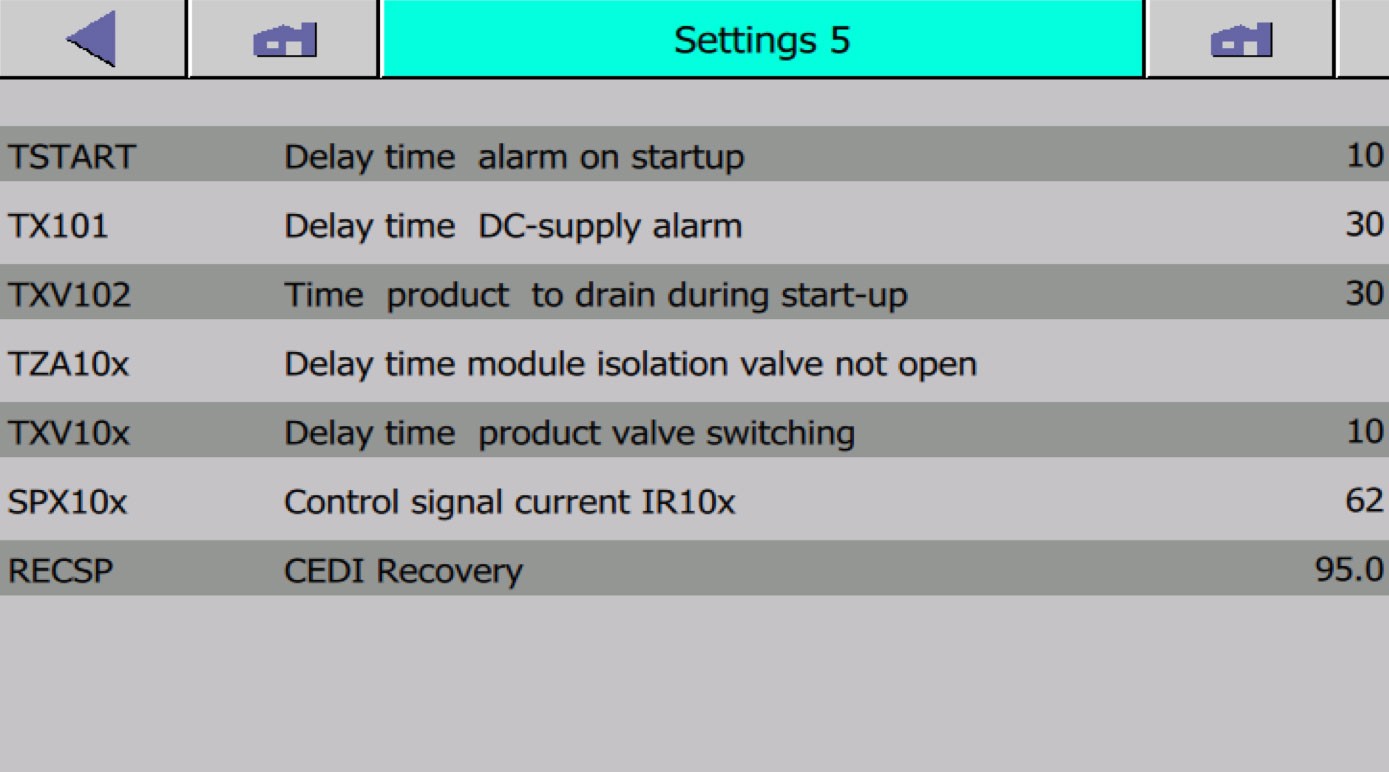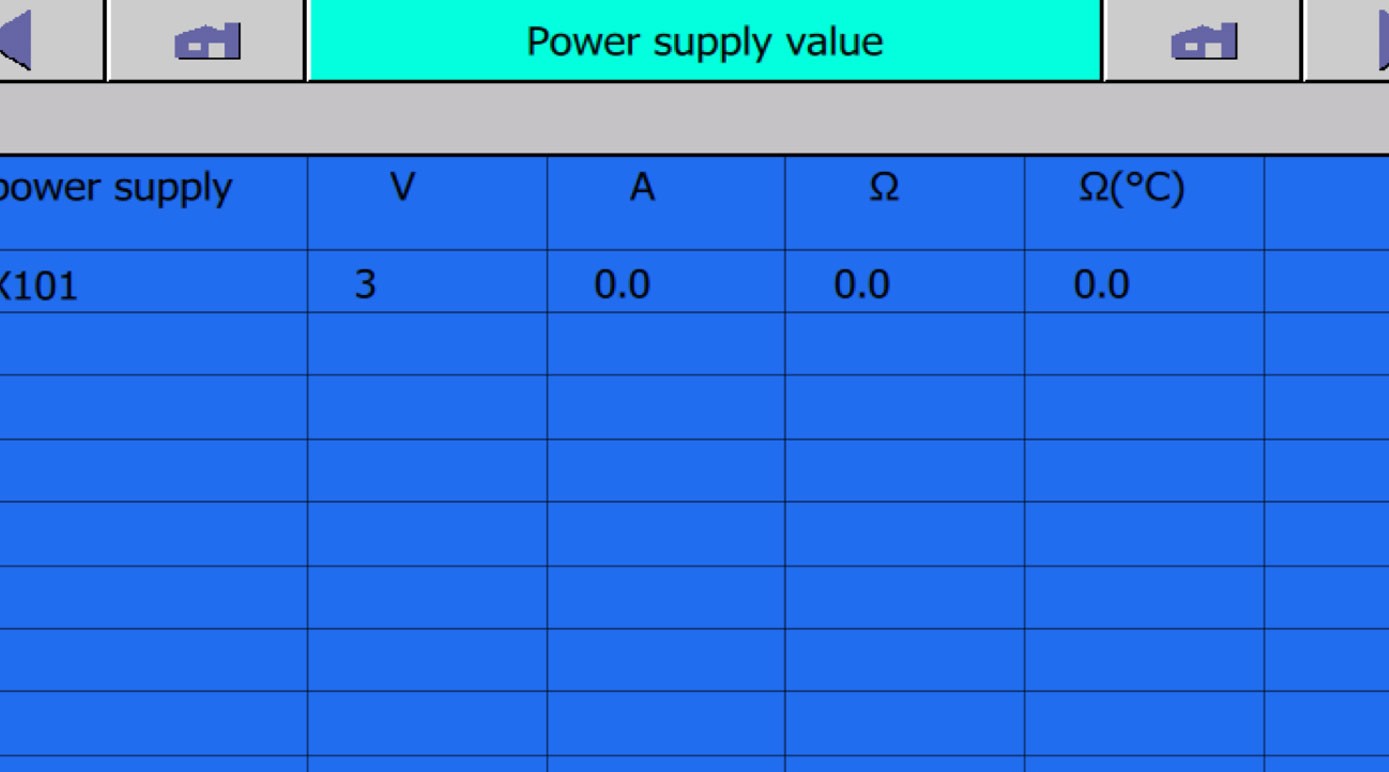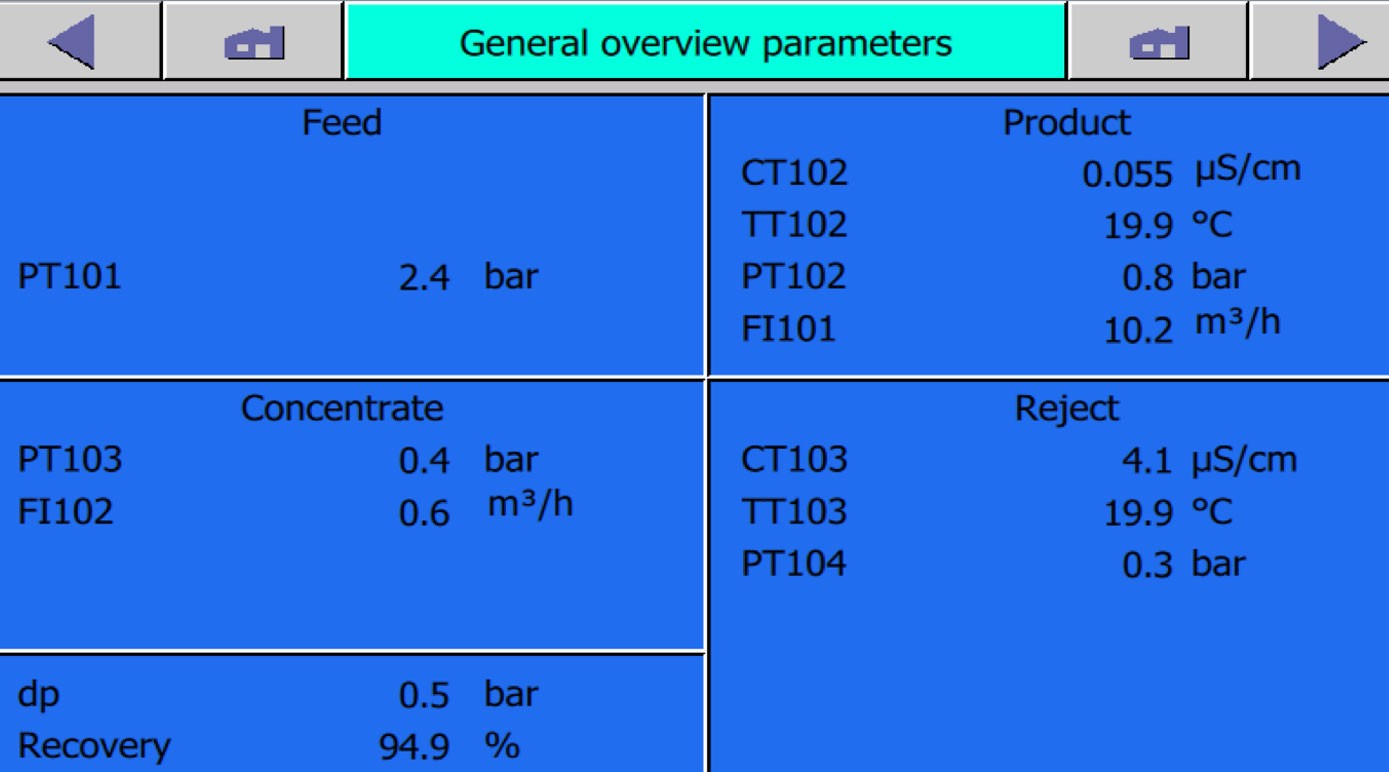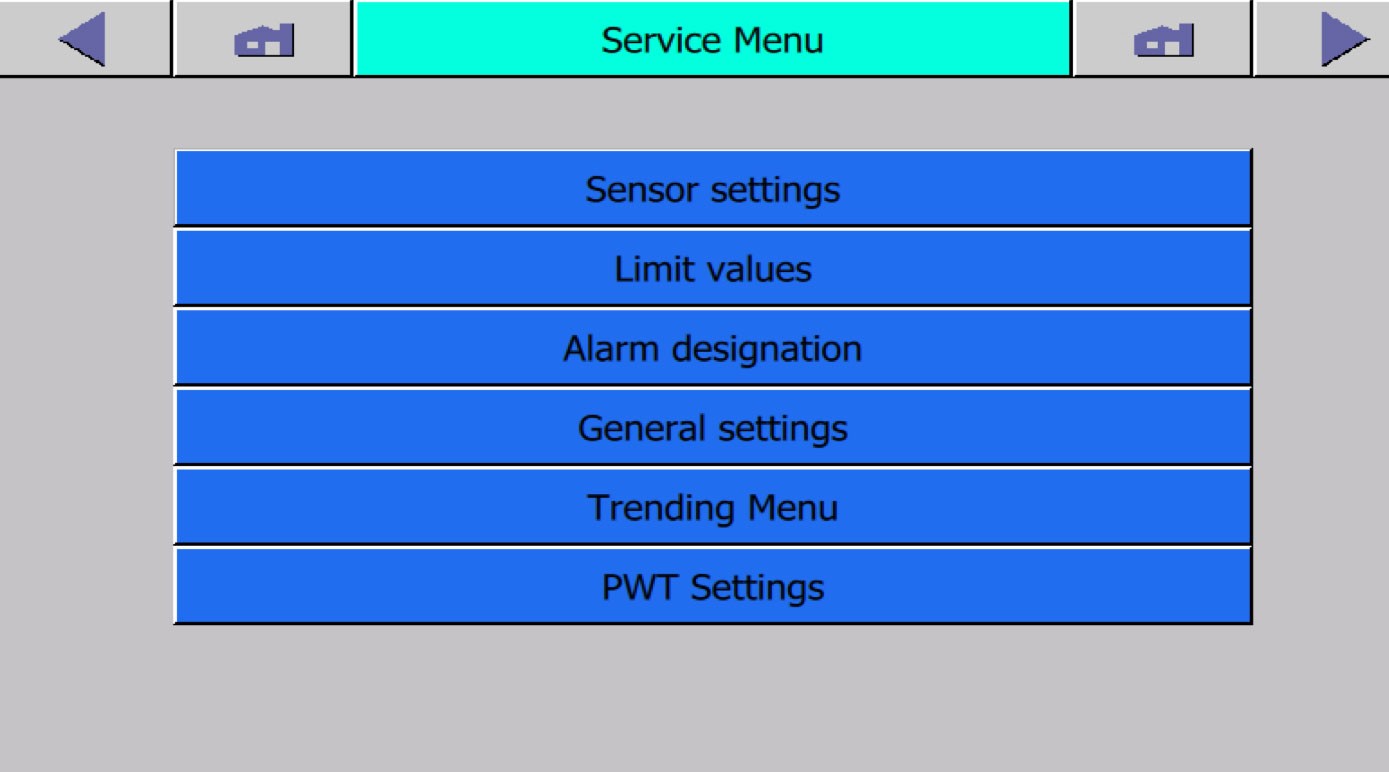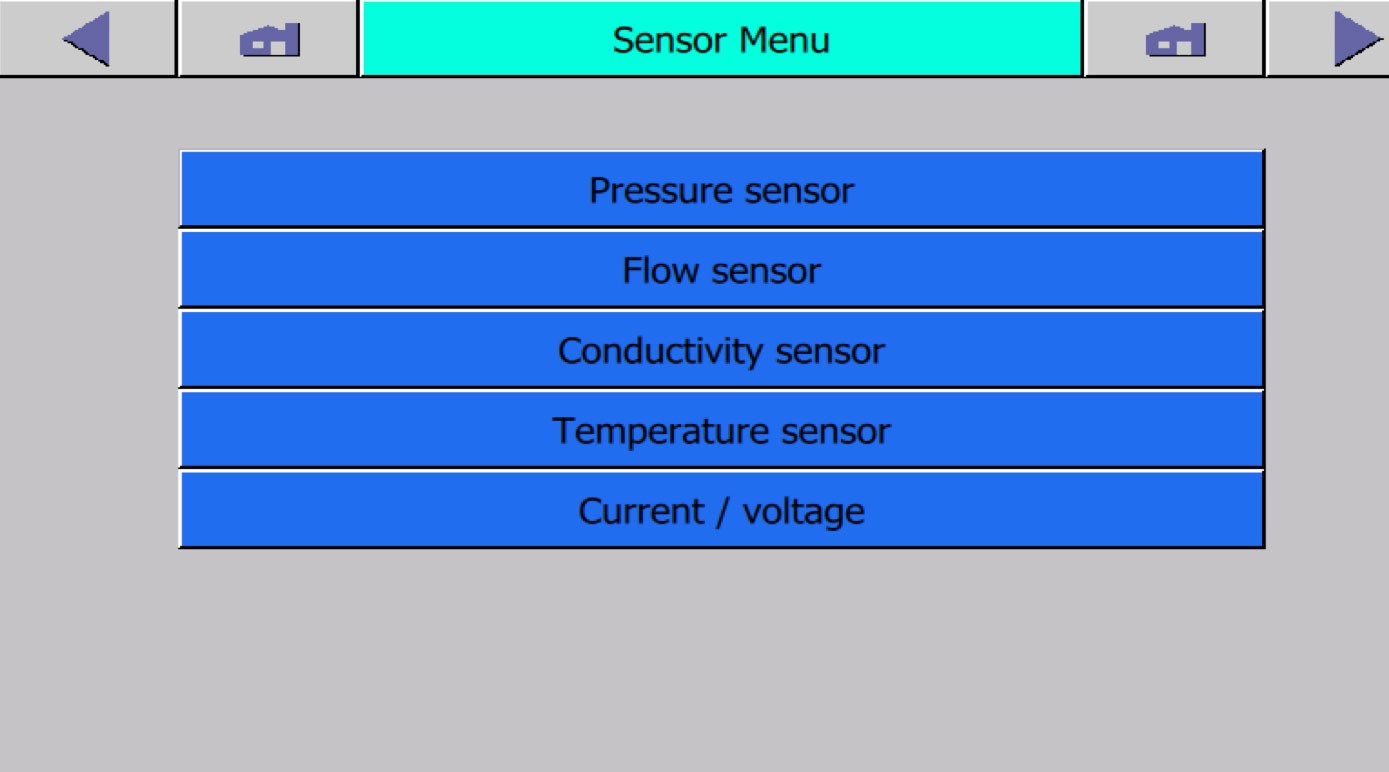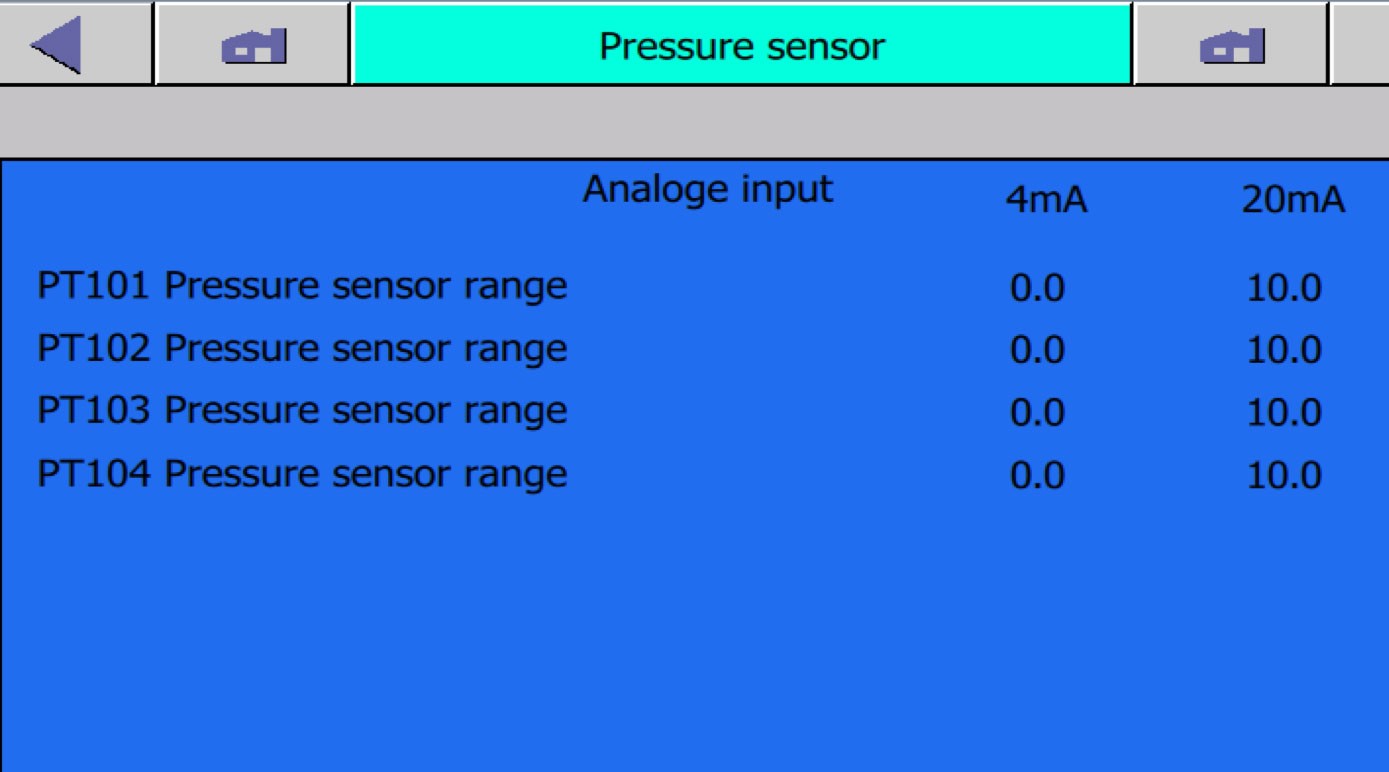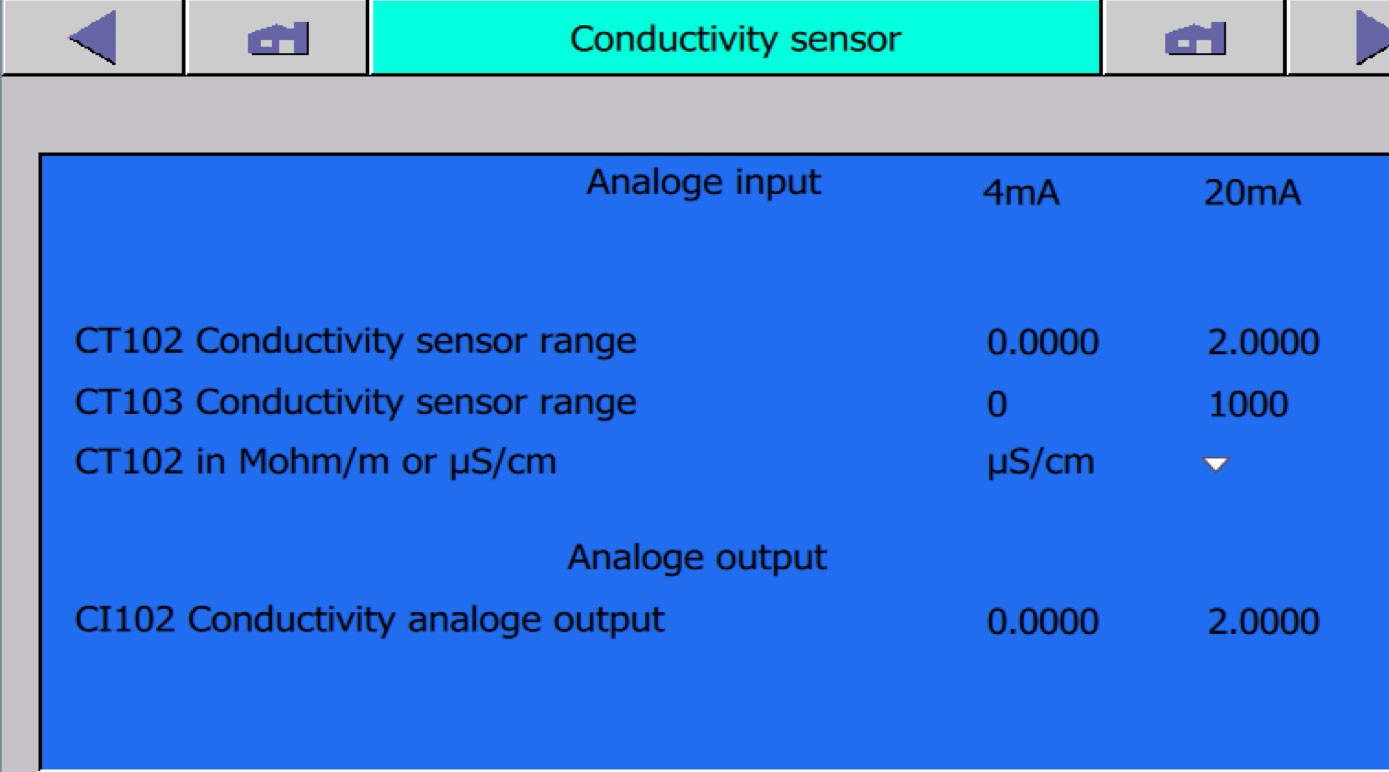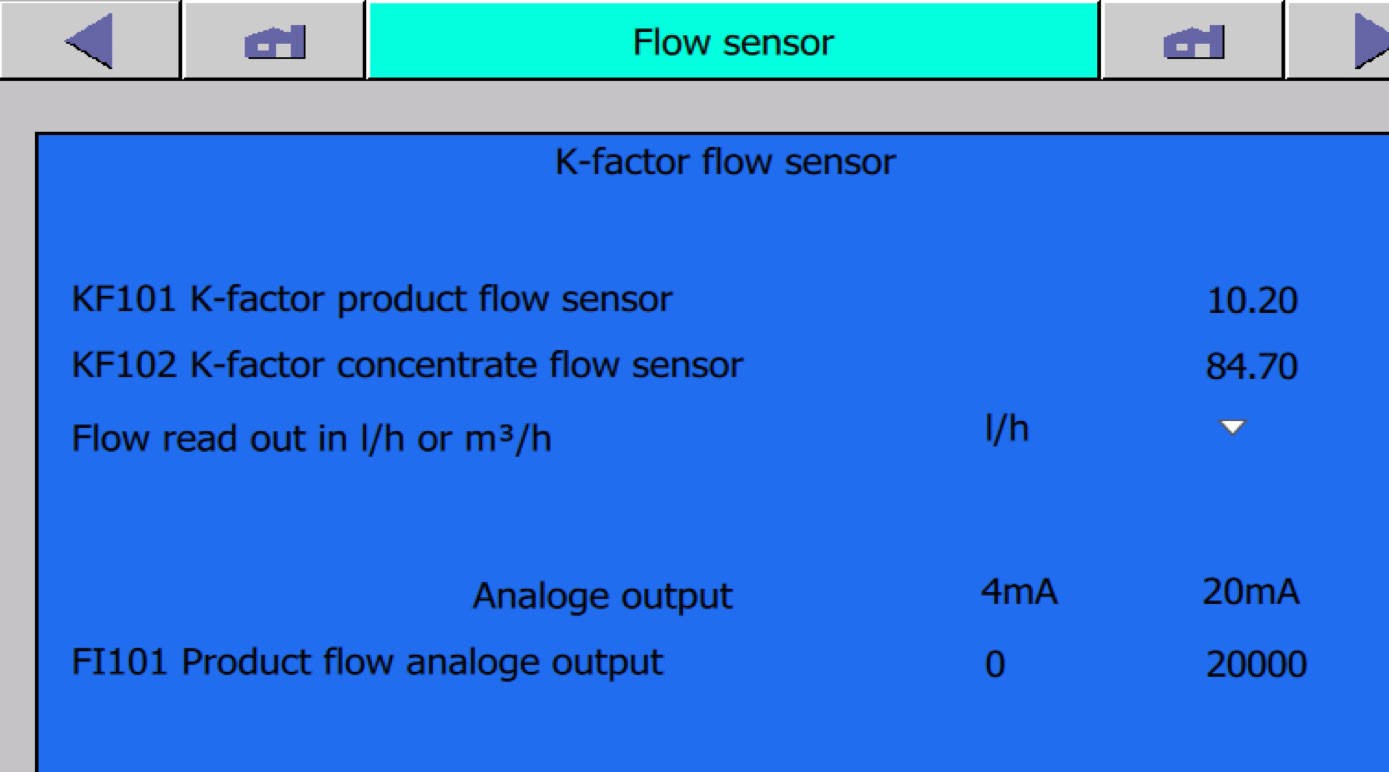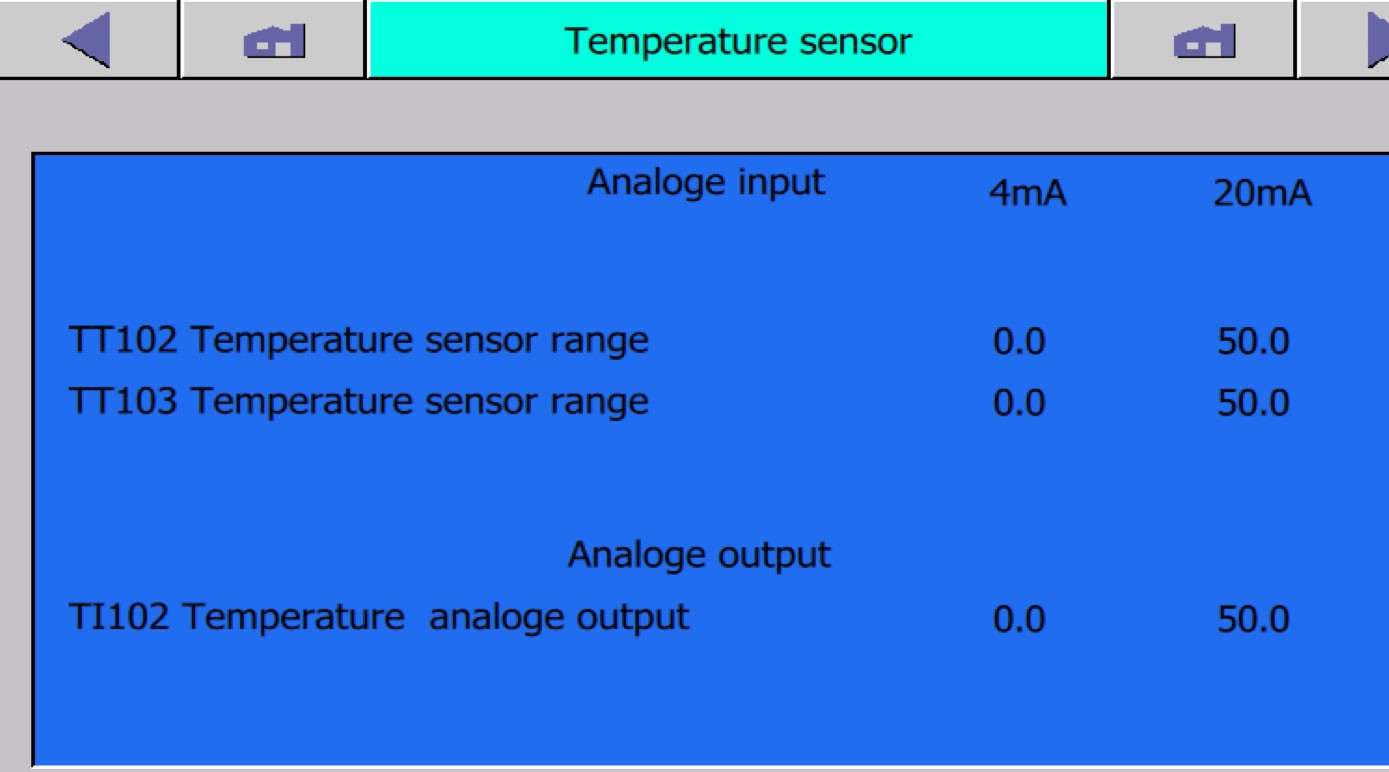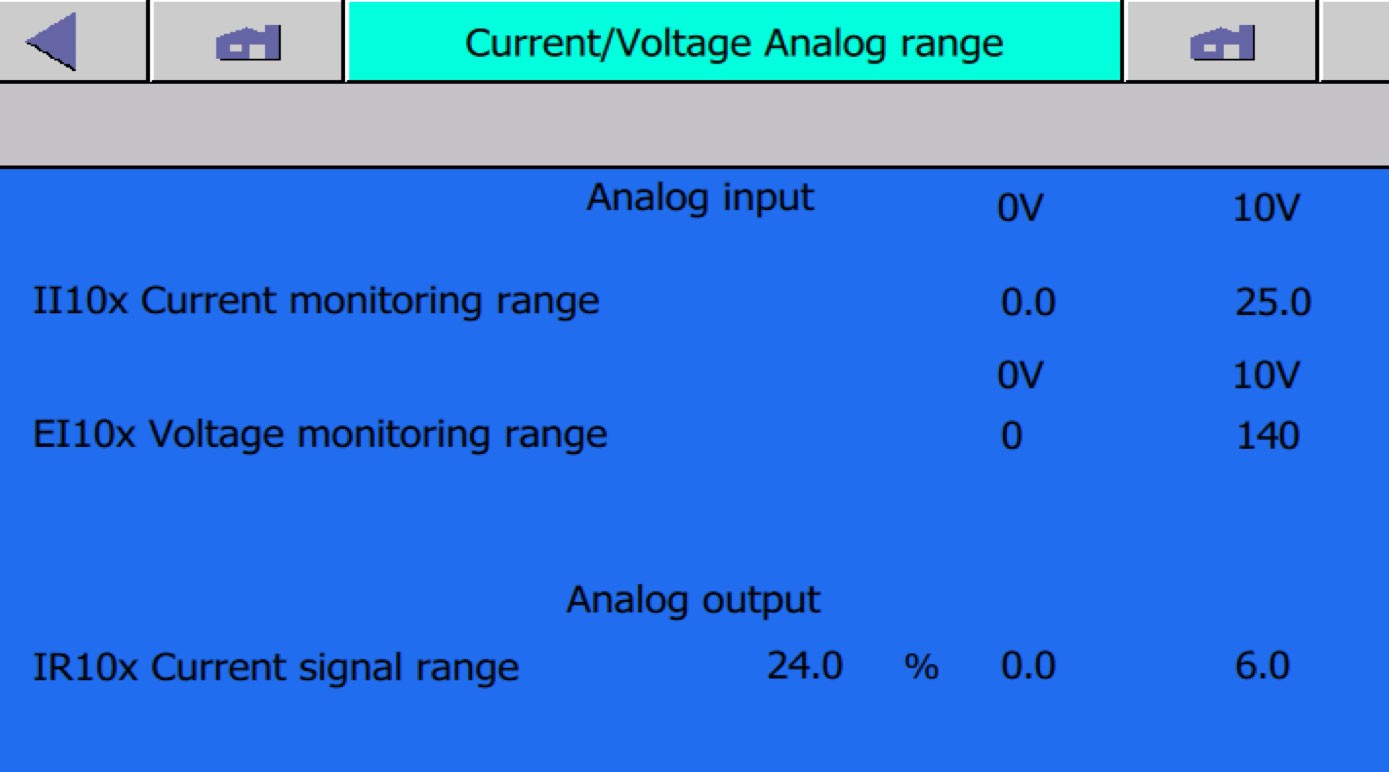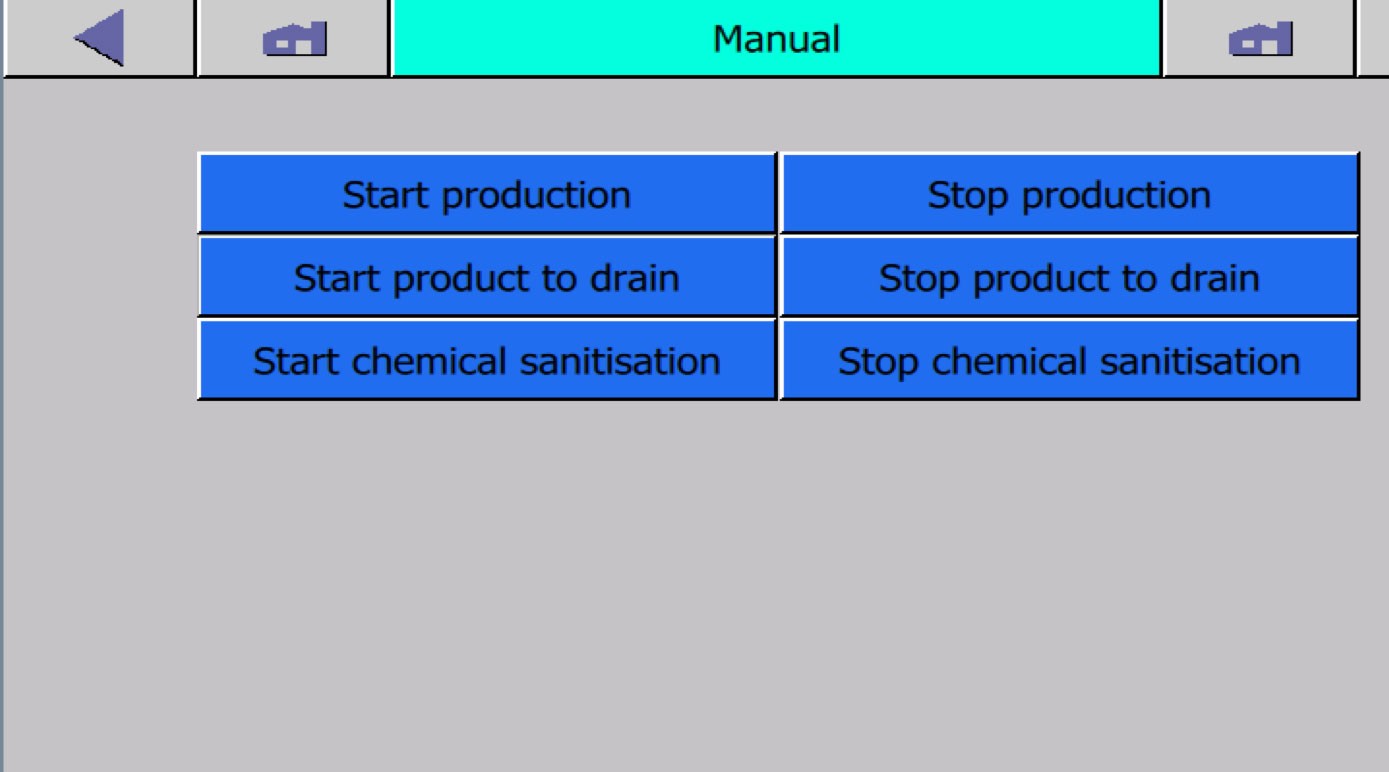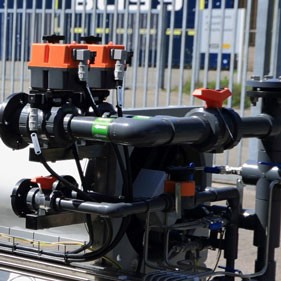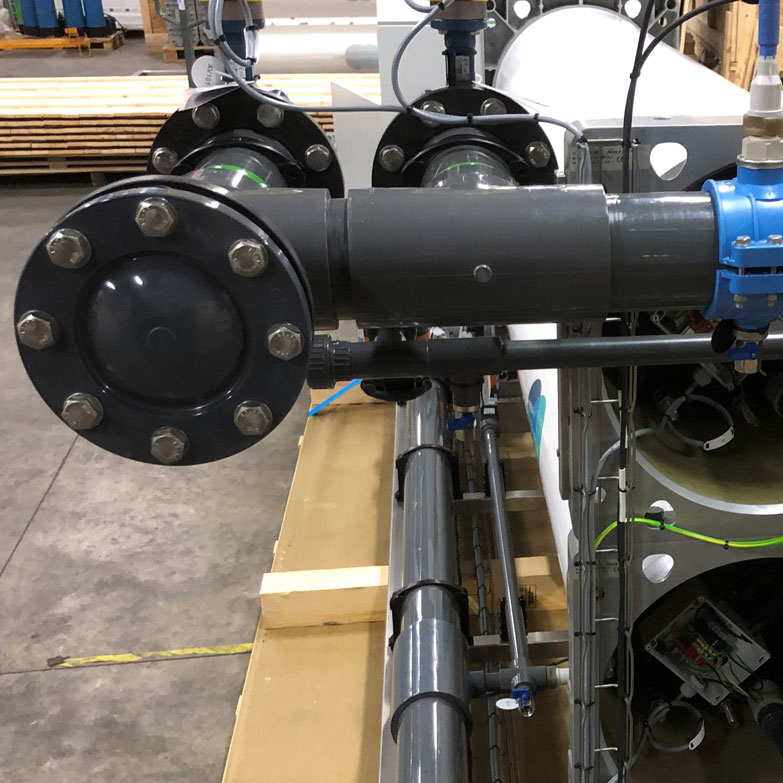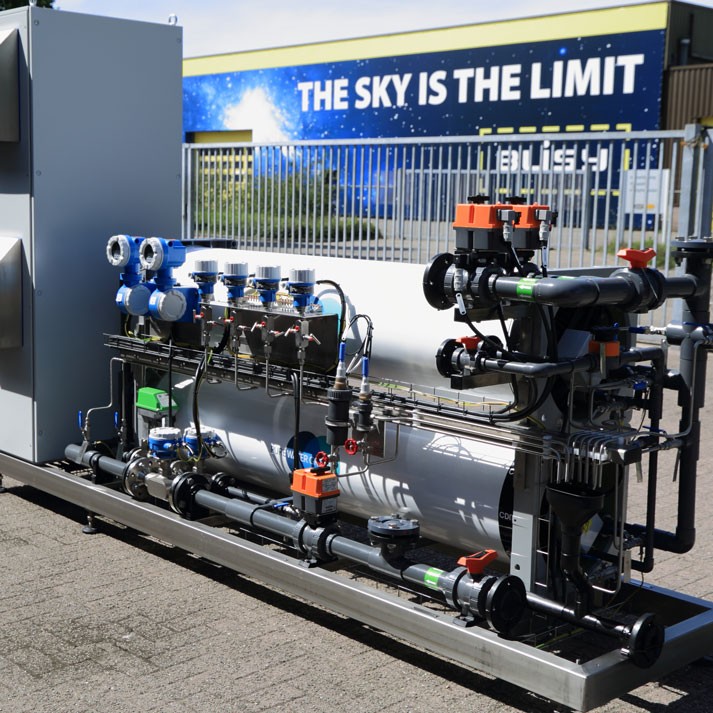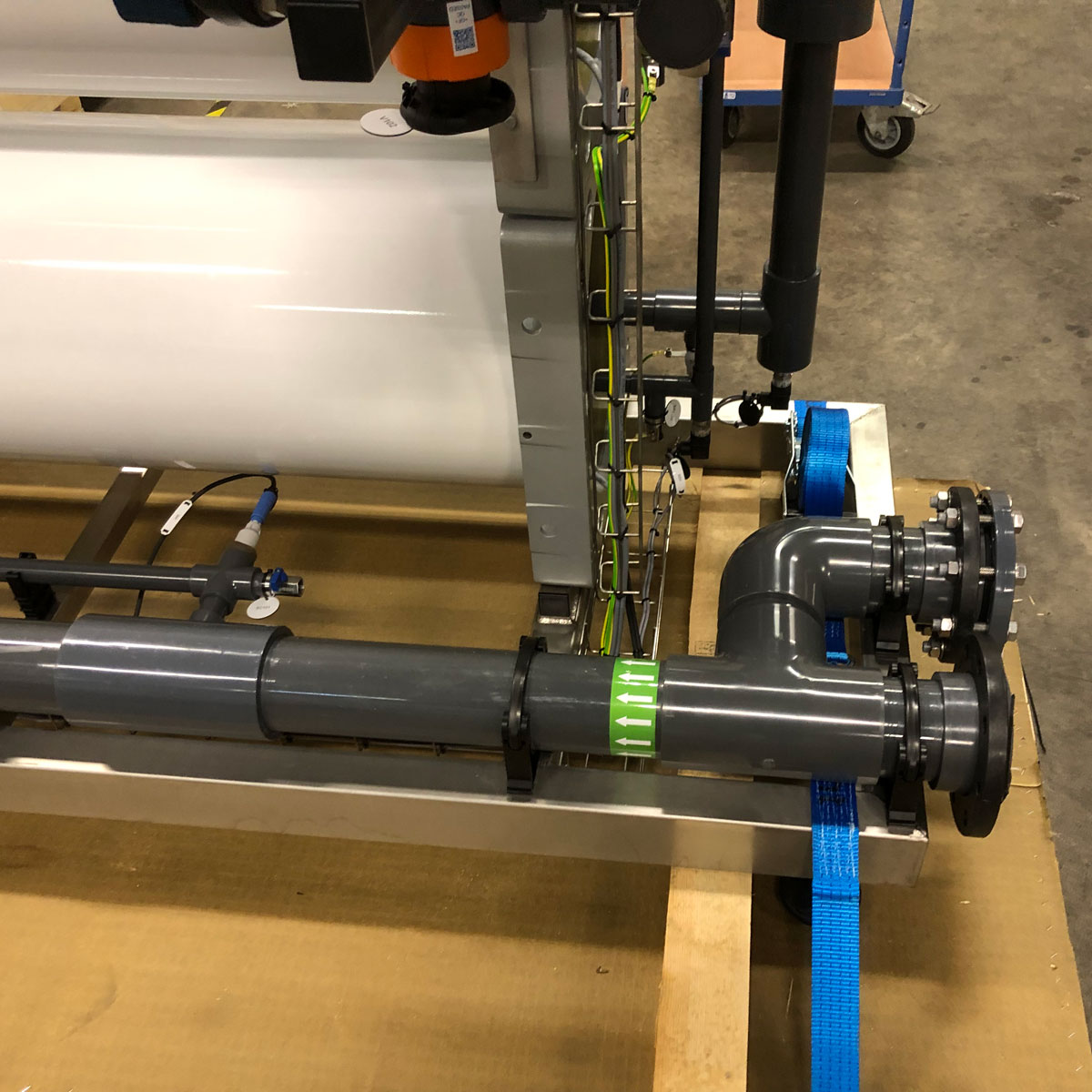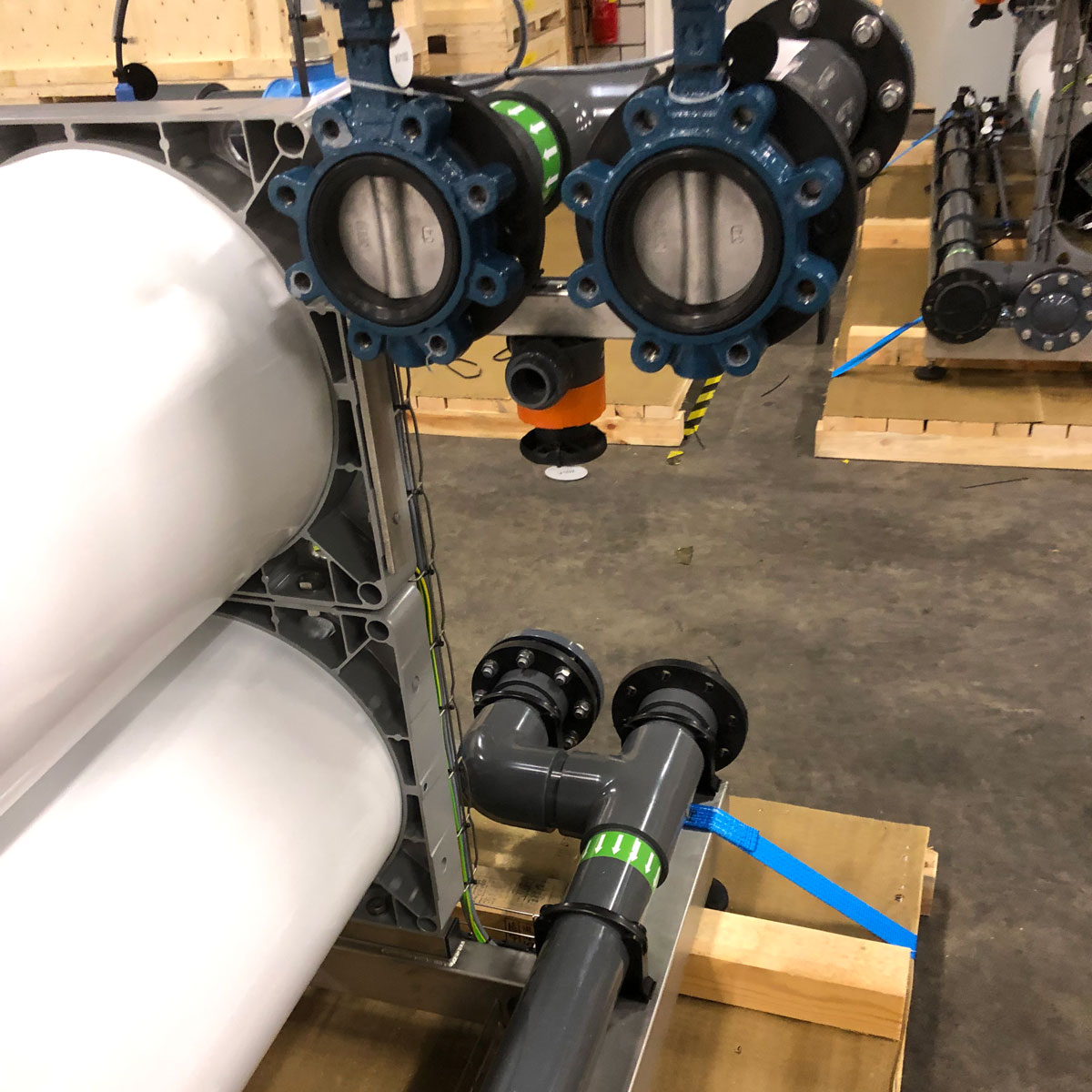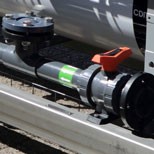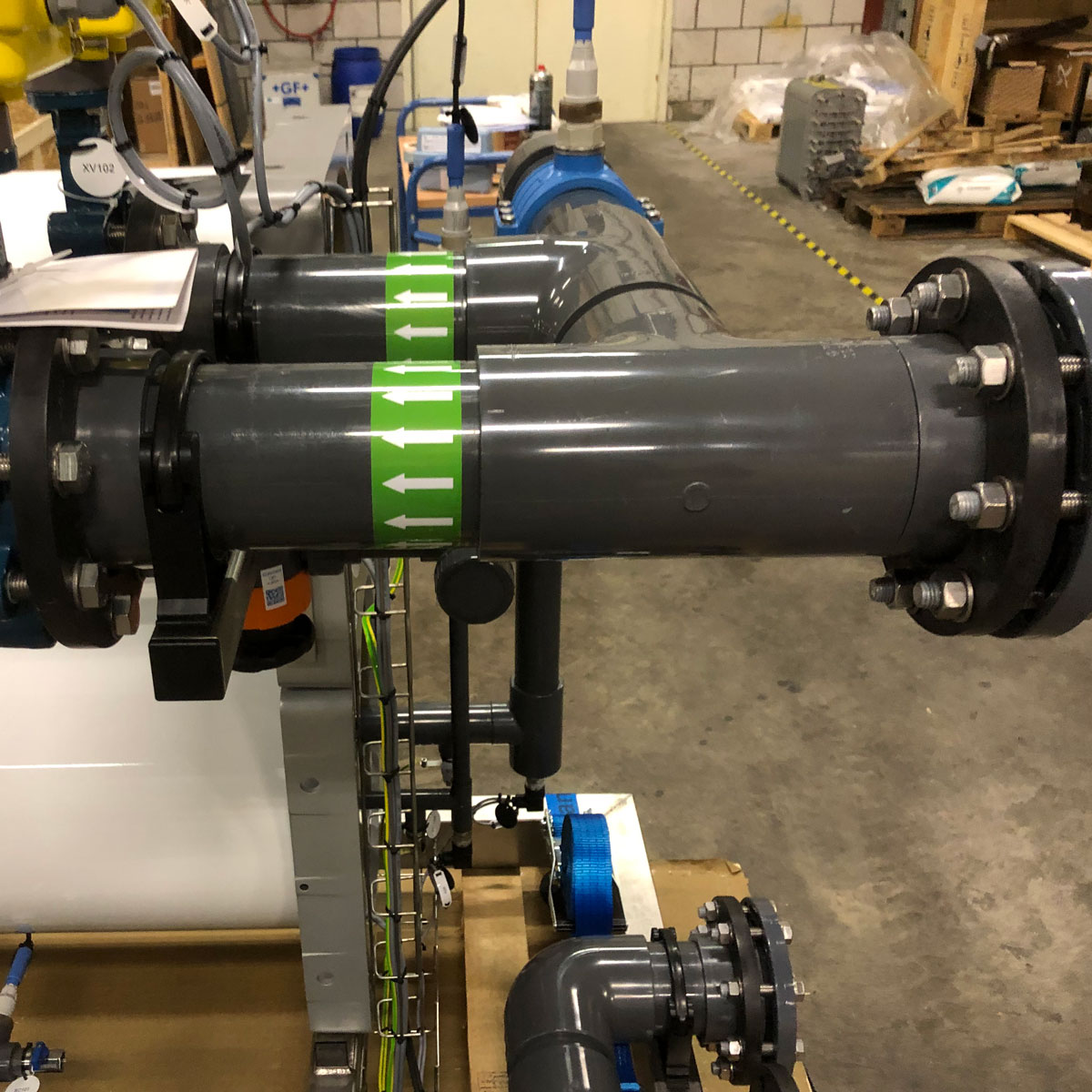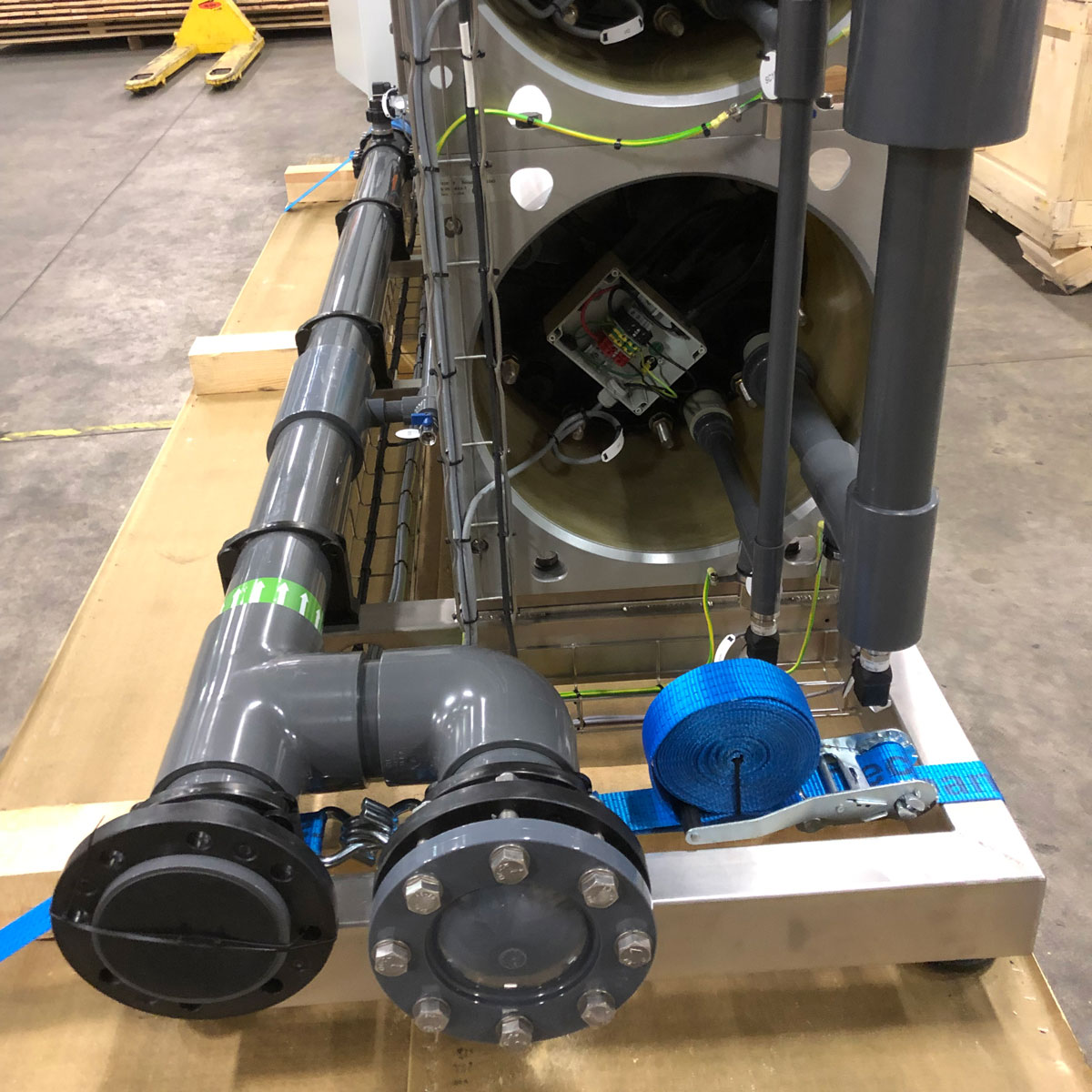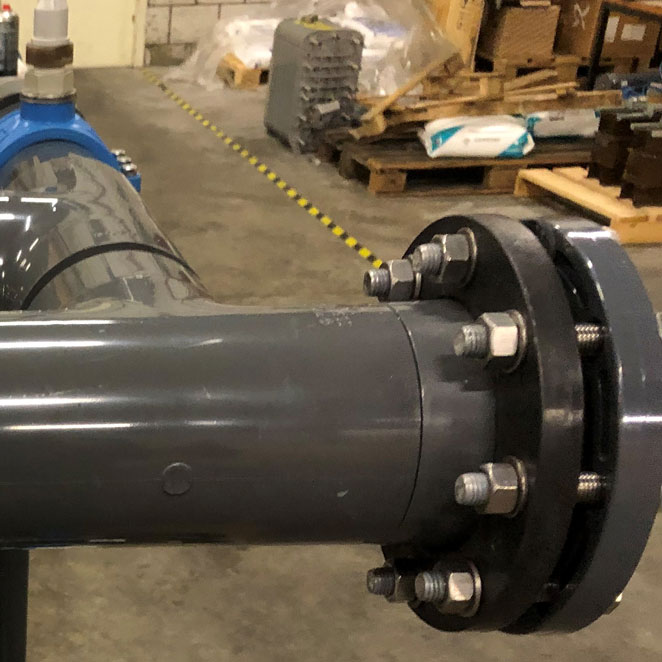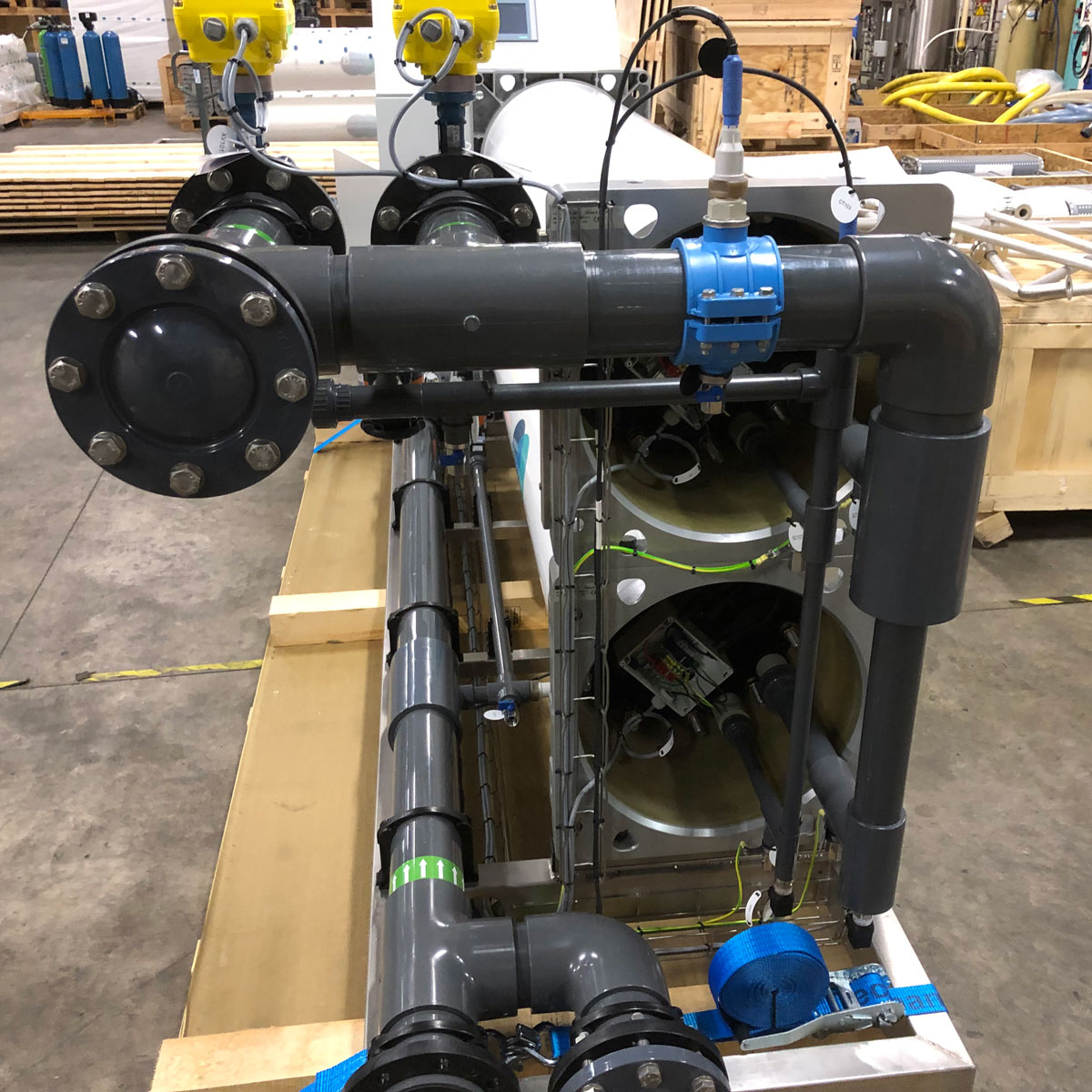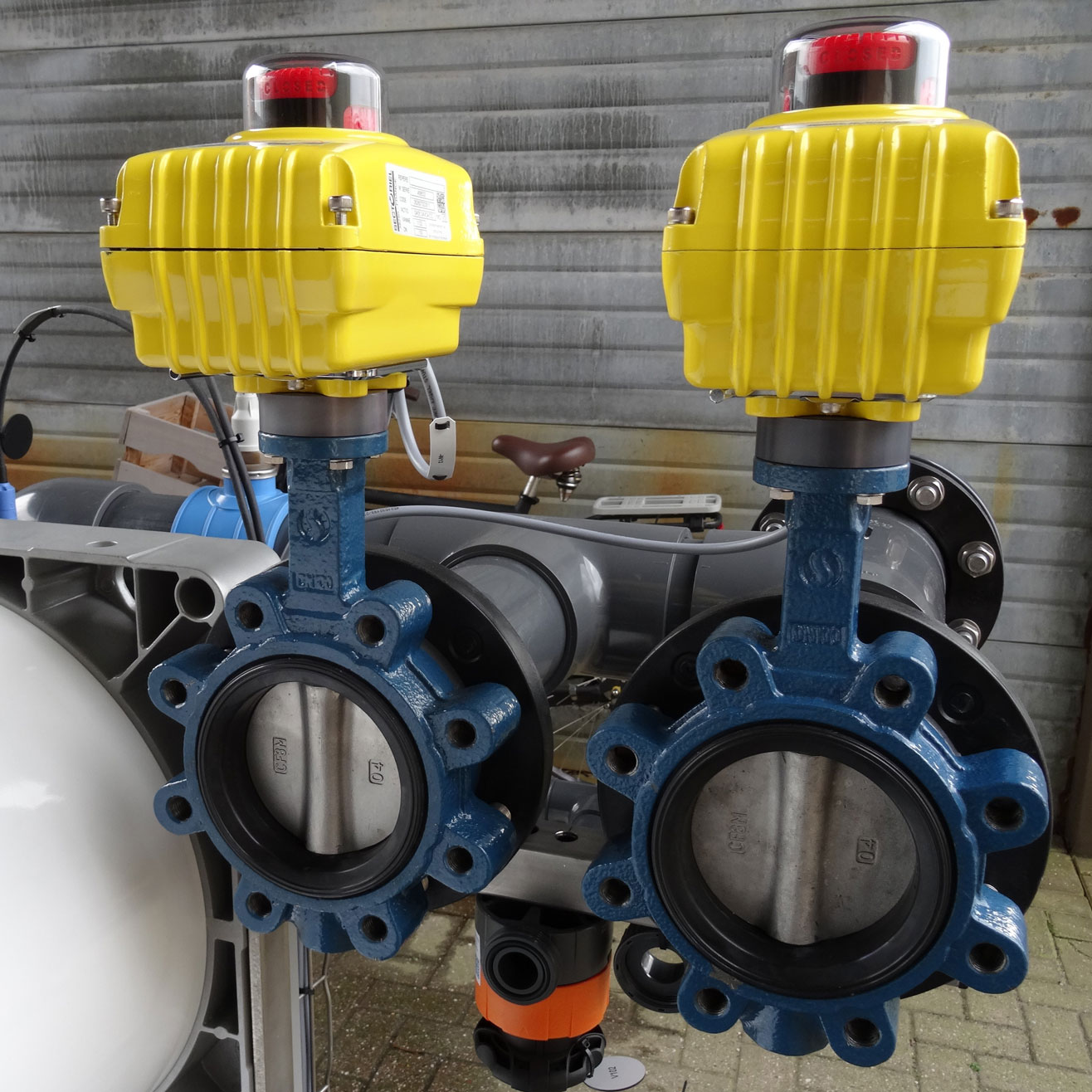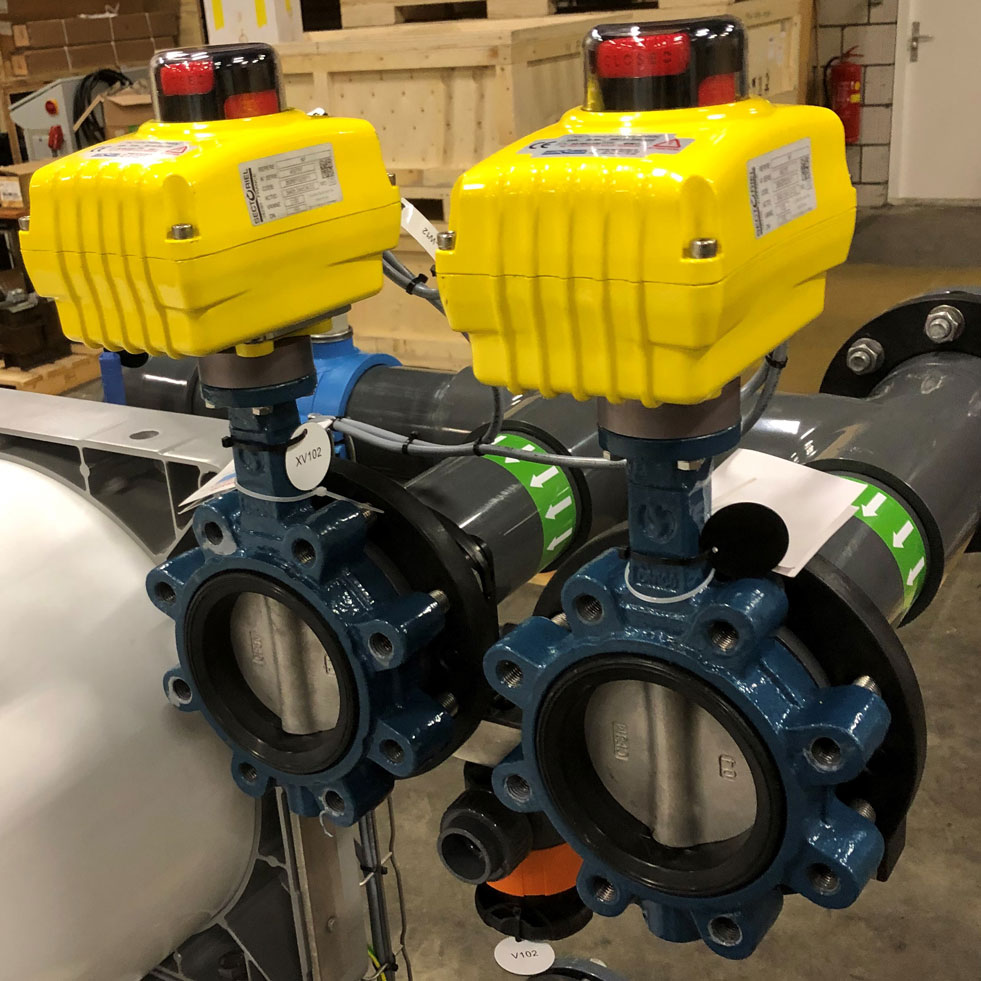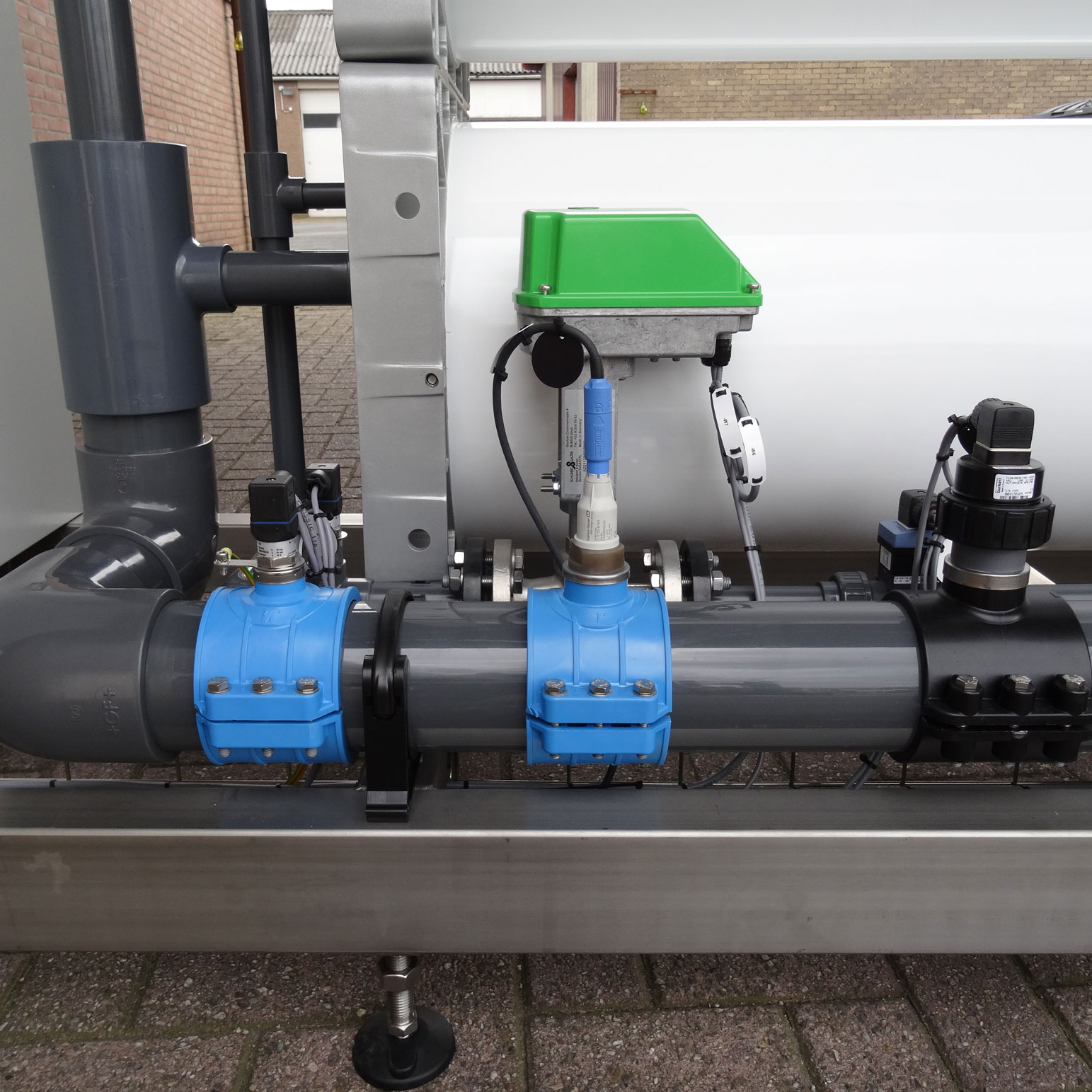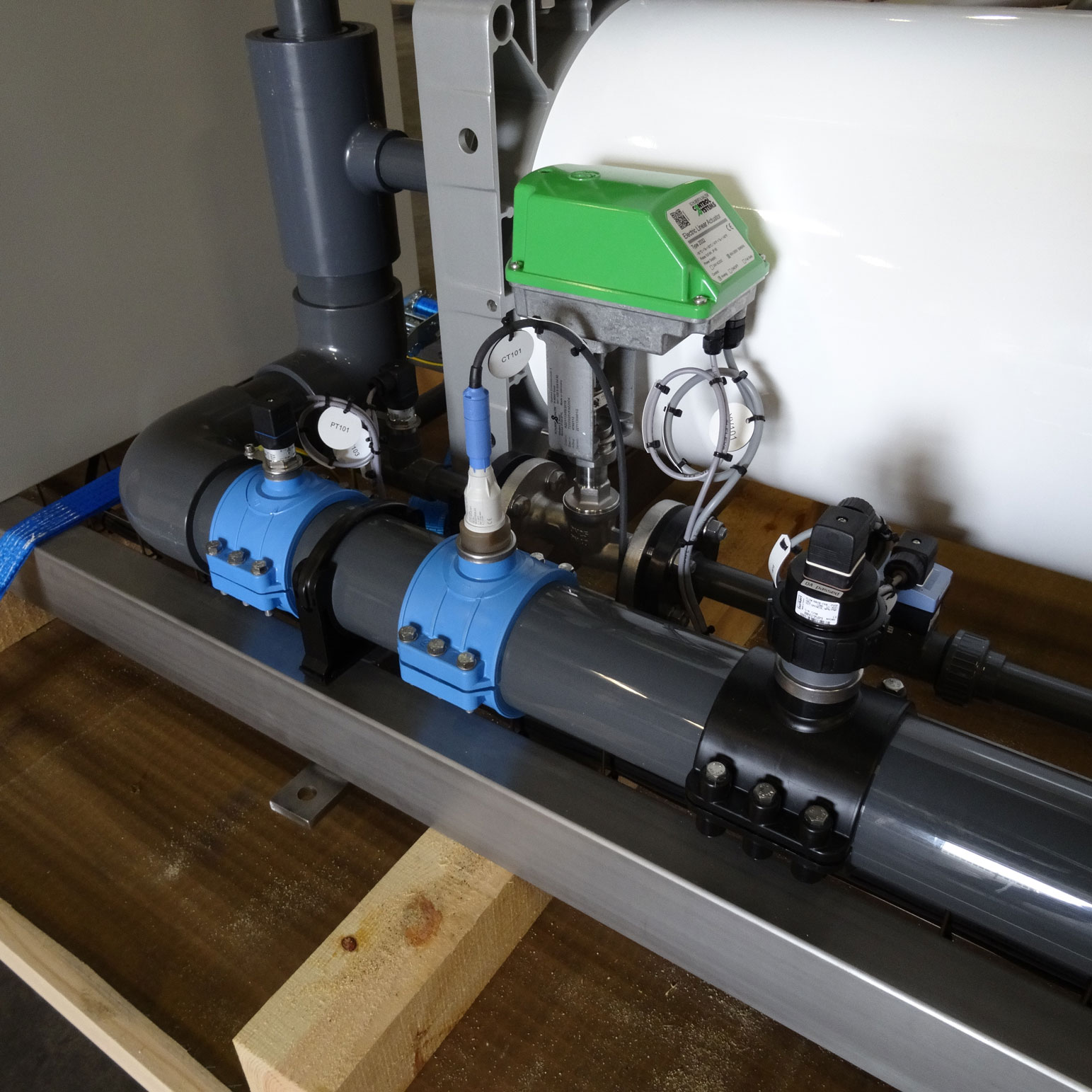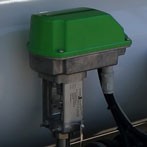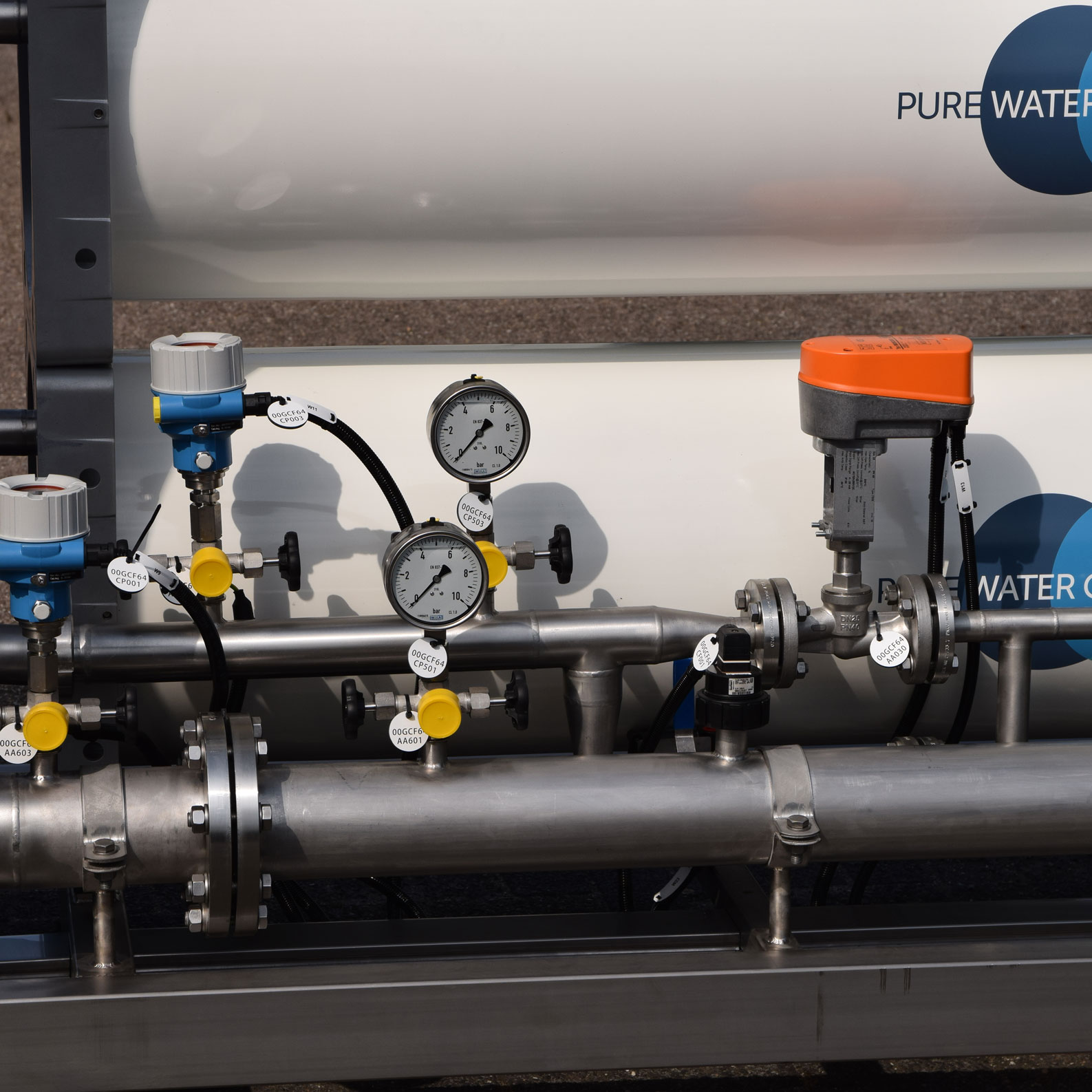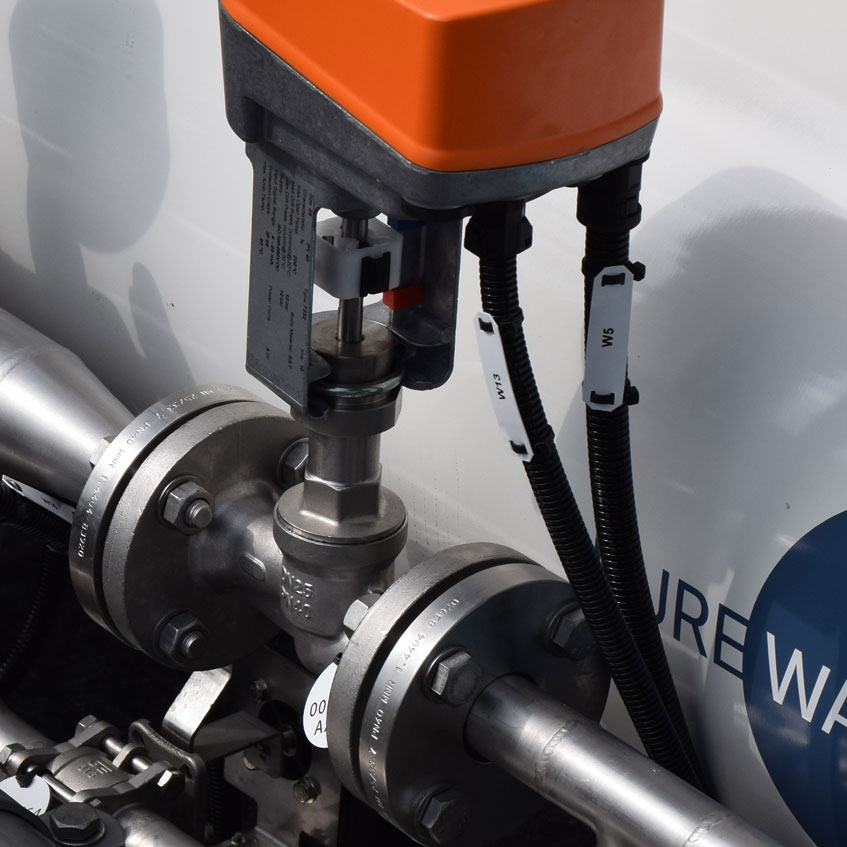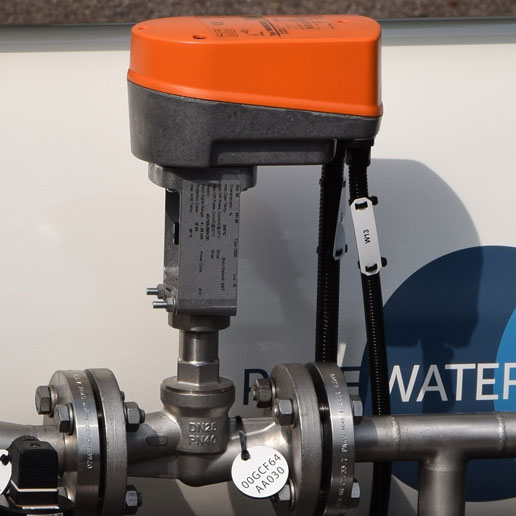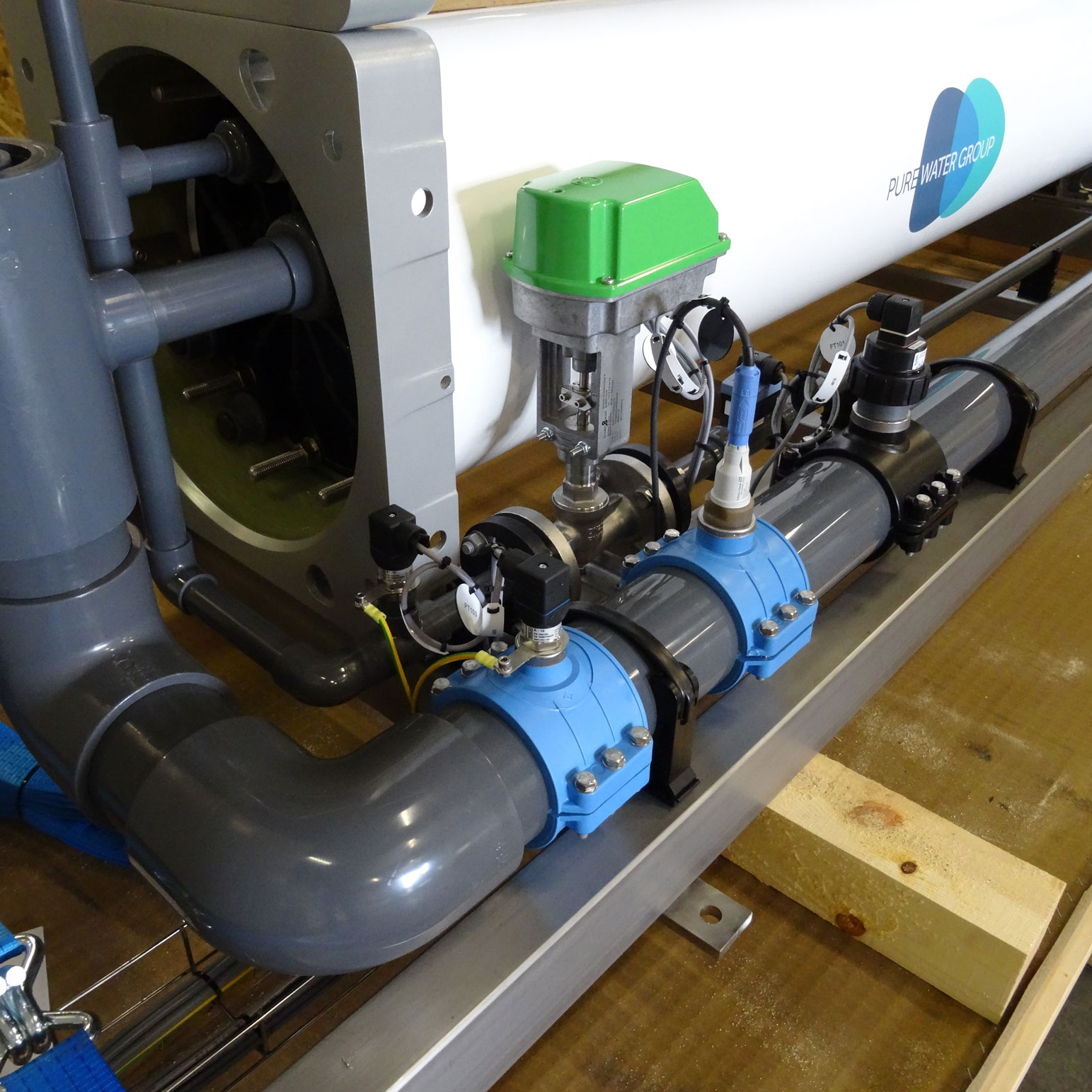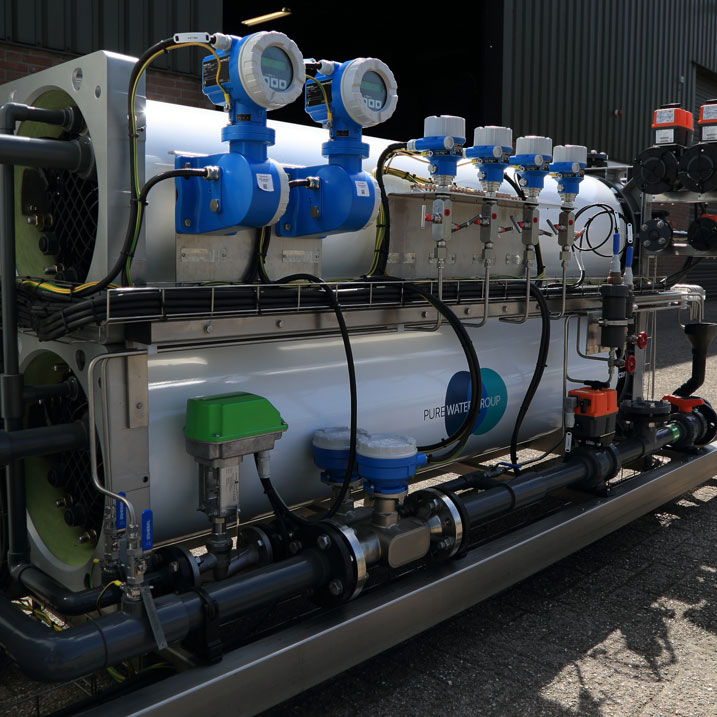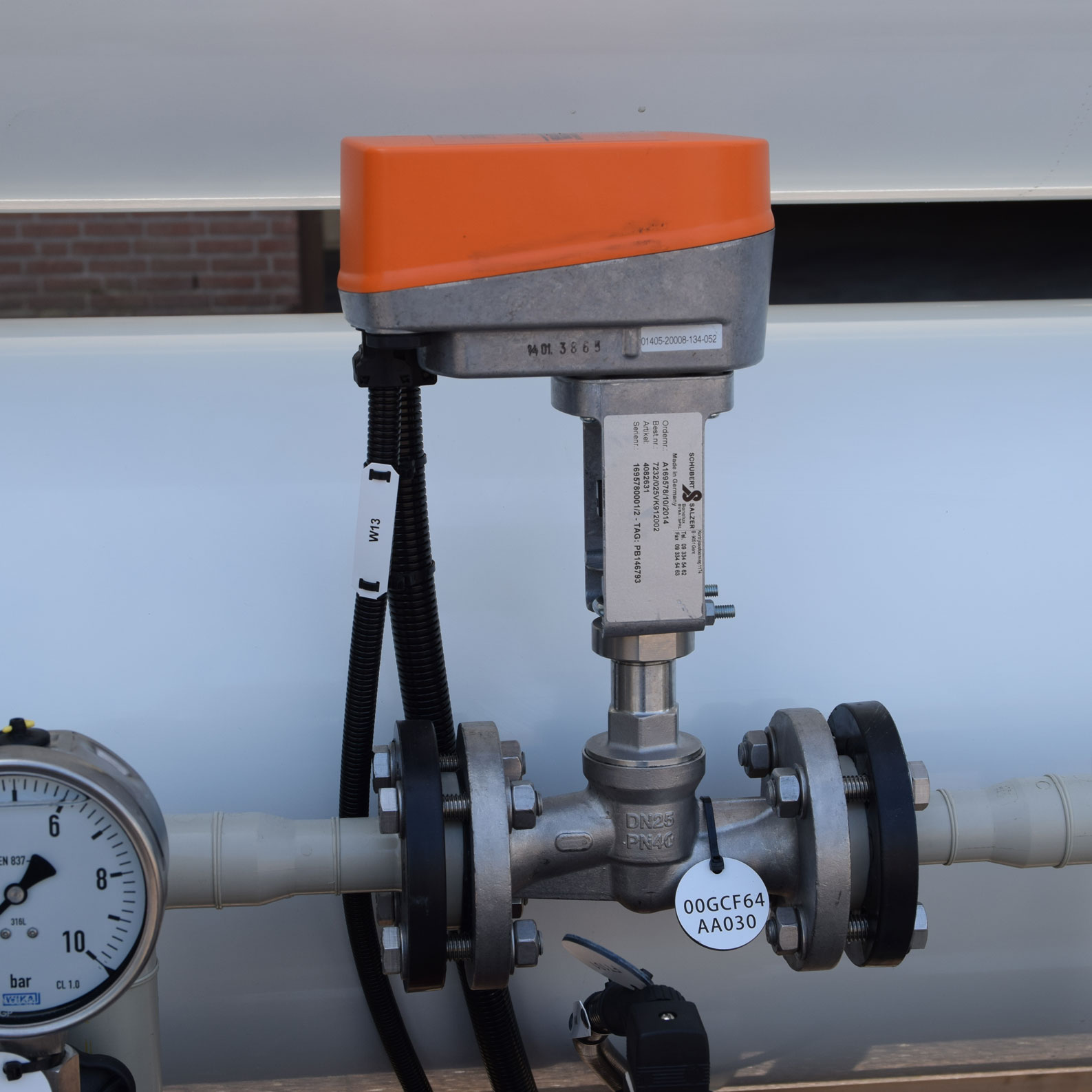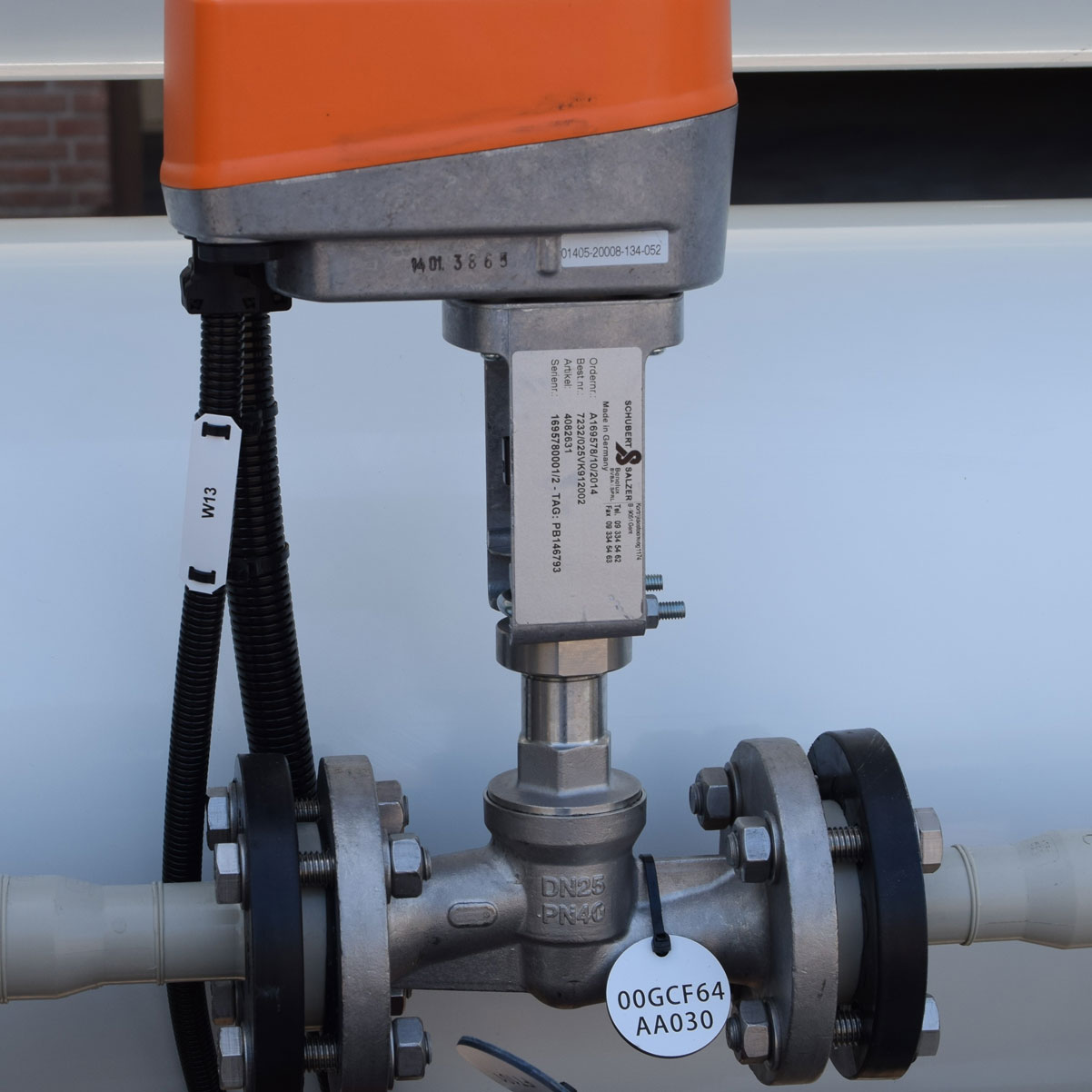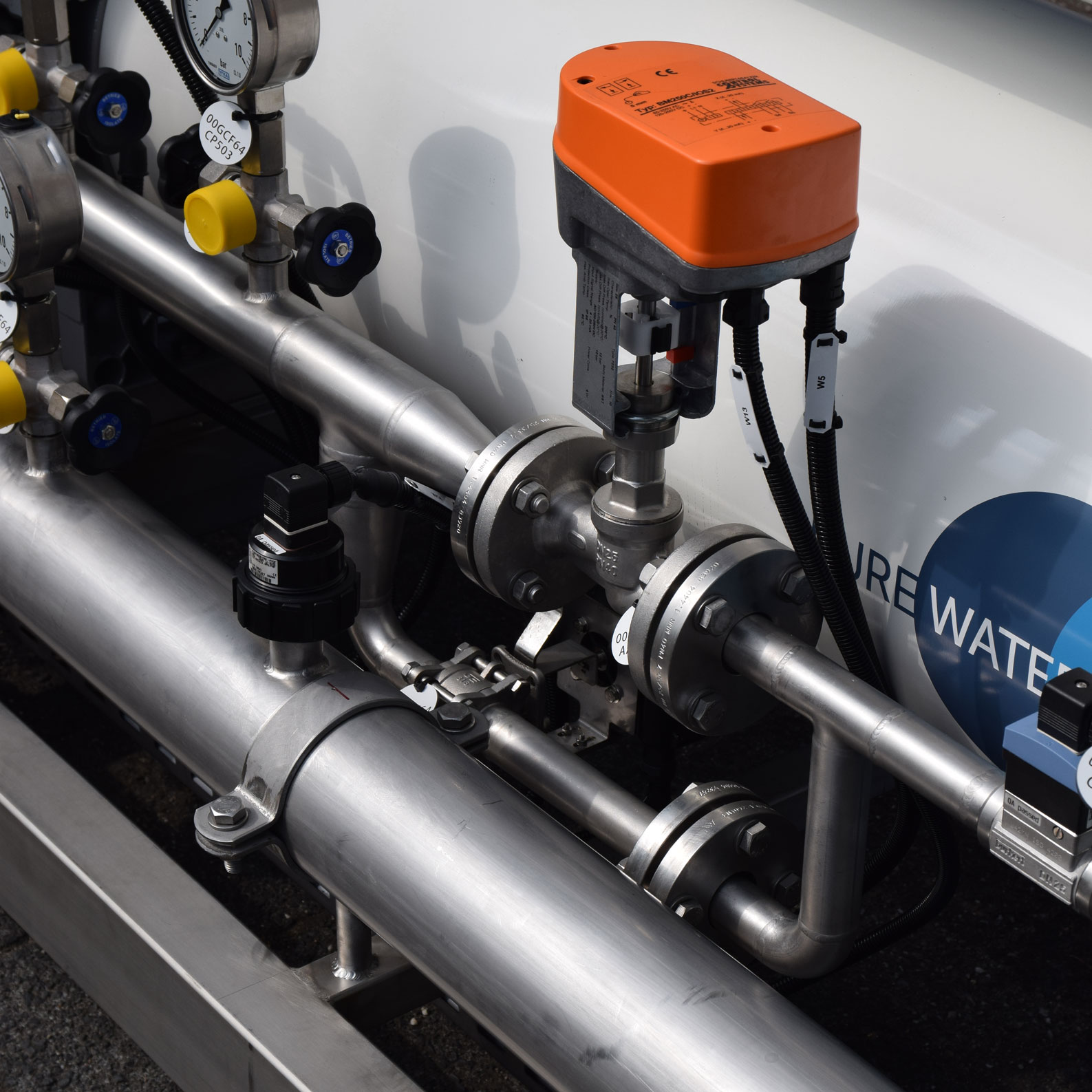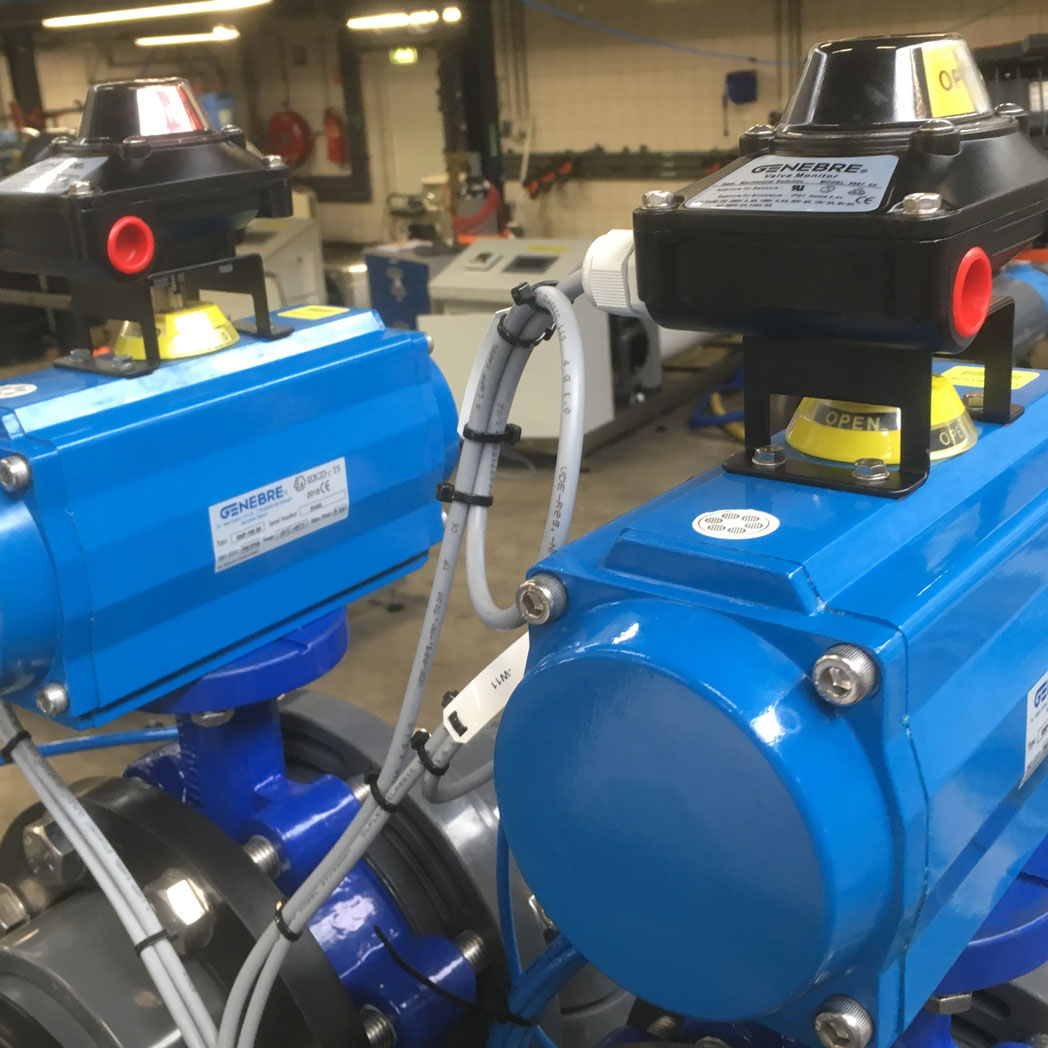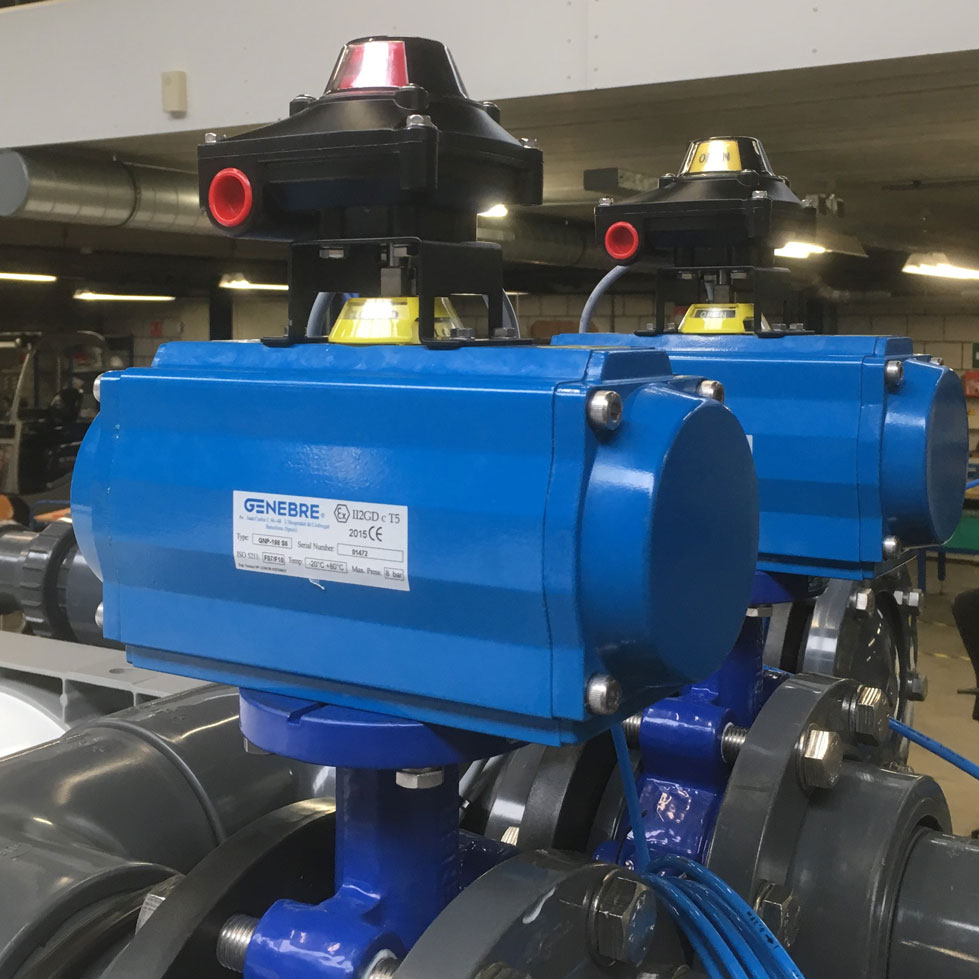VNX-Max
High ionic removal & High flow rate.
Our Continuous Electrodeionization (CEDI) systems based on the VNX-Max module are designed and manufactured to further purify reverse osmosis product water to ultra pure or high purity water (0.055 – 0.5 µS/cm). These pre-engineered and ready-to-run CEDI systems are fully factory acceptance tested to significantly reduce installation and start-up costs and are available in a range from 15 to 180m3/h. The outstanding design and use of Ionpure’s® patented continuous electrodeionization technology ensures high reliability, minimizes maintenance and eliminates use of regeneration chemicals.

Technology
How it works.
The water passing through the product compartments is deionized to pure water, while the rest of the water is flowing into the reject compartments. This water takes away concentrated salts and small amounts of gases formed on the electrode surfaces. The reject water exiting the CEDI system is typically re-used and mixed with the RO feed water in a vented break tank.
Control & Construction
VNX-Max systems are skid mounted and include a sophisticated control system based on standard PLC / HMI interface and all necessary
instrumentation for a reliable and continuous operation. The control system allows easy integration of feature options and auxiliary
communication via Ethernet, Modbus or Profibus. Piping is available in PVC, PP or Stainless Steel. These CEDI systems are specifically
designed for high ionic removal including weakly charged ions like silica, boron and CO2 (up to 18 MOhm.cm).
CEDI technology features:
- Continuous process, constant product water quality
- Low operating costs, electricity only
- Environmentally friendly, no regeneration chemicals
- High system recovery up to 95%
- Typically the reject water is recirculated upstream RO
- 1000’s systems installed wordwide up to a capacity of 1.500 m³/h
Unique system design
CEDI system highlights
The CEDI feed water inlet line, including a sample point. Standard performed in PVC, optionally in PP (as shown) or SST. The feed water inlet line splits into a feed water and into a concentrate water stream. The feed water stream (90-95%) will be purified in the product compartments of the CEDI module(s) and the concentrate water stream (5-10%) will expel the concentrated ions out of the reject compartments of the CEDI module(s). The feed line connection is a 3-part union or flange connection. CIP connections (3-part union up to 63DN50 or blind flange) can be installed optionally.
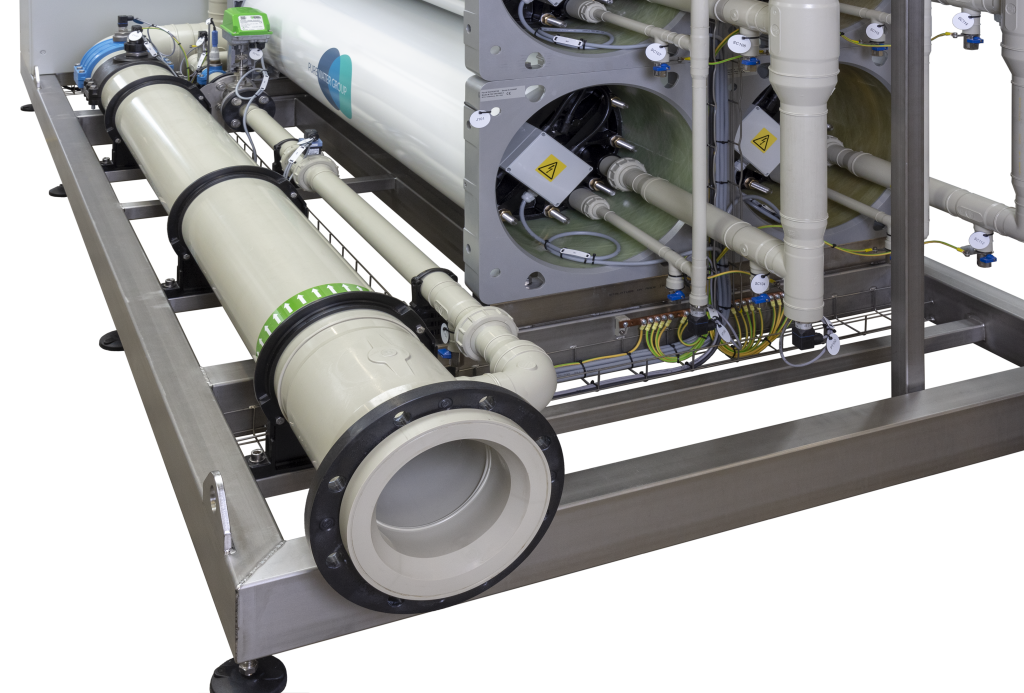

The CEDI feed water and concentrate water streams are monitored and safeguarded by conductivity / temperature-, flow- and pressure instruments. A recovery control valve (as standard a manual diaphragm valve) is installed in the concentrate water stream, to regulate the concentrate flow and the total system recovery. To compensate for possible hydraulic variations and/or maintain a constant recovery rate, an electrical recovery control valve (as shown) can be installed optionally. For safety reasons, the nearest SST instrument at the inlet of the CEDI module(s) is grounded.
All components are mounted on a SST304 skid, supported by leveling feet for easy positioning. Open cable trays conduct the wiring safely and neatly to the electrical control cabinet. Closed cable trays with cable glands can be installed optionally. The CEDI module(s) contain 3-part union connections for swift (dis)assembly of the CEDI feed water and concentrate water lines. The same feed water is fed to the CEDI module(s) product and reject compartments.


The water outlets of the CEDI module(s), the product water stream (purified) and the reject water stream (concentrated) exits the CEDI module(s). Both the product water stream and the reject water stream are monitored and safeguarded by conductivity / temperature- and pressure instruments and sample points are present. Again, for safety reasons the nearest SST instrument at the outlet of the CEDI module(s) is grounded.
The CEDI product water and reject water outlet line, including a diaphragm valve in the reject water stream. The diaphragm valve adjusts the reject backpressure, in order to maintain a pressure balance (0.2-0.7 bar) between the product water and reject water stream. The product and reject line connections are a 3-part union or flange connection. CIP connections (3-part union up to 63DN50 or blind flange) and product-to-tank / product-to-drain valves, to ensure only product water within the required specifications enters the product tank, can be installed optionally.


The Operator Panel (HMI) is located on the electrical cabinet door. This Siemens KTP900 is a 9’’ graphic TFT color display which features a USB interface, 8 function keys and a USB storage device to store historical trending and data. The CEDI operation is displayed as clear and well-arranged P&ID, allrelevant screens with associated parameters are easily accessible and user-friendly. The HMI visualizes the control and monitoring performed by the PLC. This Siemens S7-1215 PLC also includes ethernet communication for optional connection to a master PLC or DCS system.
The electrical cabinet is an IP54 rated, ventilated and lockable cabinet which accommodates the power supply, PLC and all electrical controls and connections. The main power switch and CEDI system CE plate are located on the electrical cabinet. In case ambient temperature is > 40 °C additional air-conditioning can be installed optionally.

Performance & Dimensions and weight
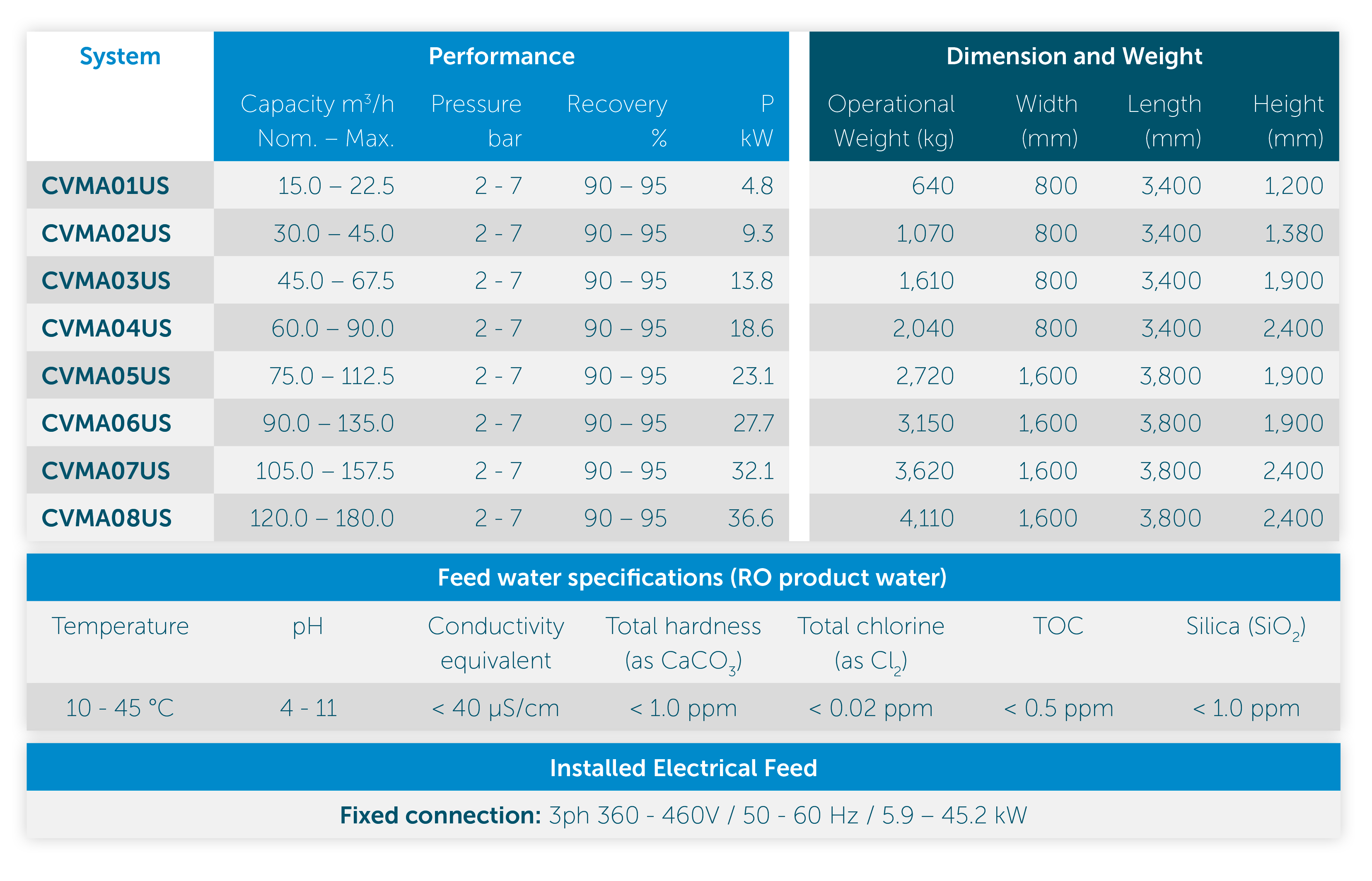
PLC / HMI interfaces
Optional system components
CIP connections
Electrical PTT and PTD valves
Electrical recovery control valve
Pneumatic PTT and PTD valves
Experience, expertise and attention
We believe there are only a few companies in the world to rival what we do.
Thanks to our extensive experience in EDI solutions for power, pharmaceuticals, hemodialysis, petrochemicals and microelectronics applications, we developed essential insights into the technology and how it meets specific requirements ‘in the field’. This is reflected in the quality of training, service and validation we provide. So why not contact us? Our advice is free!


